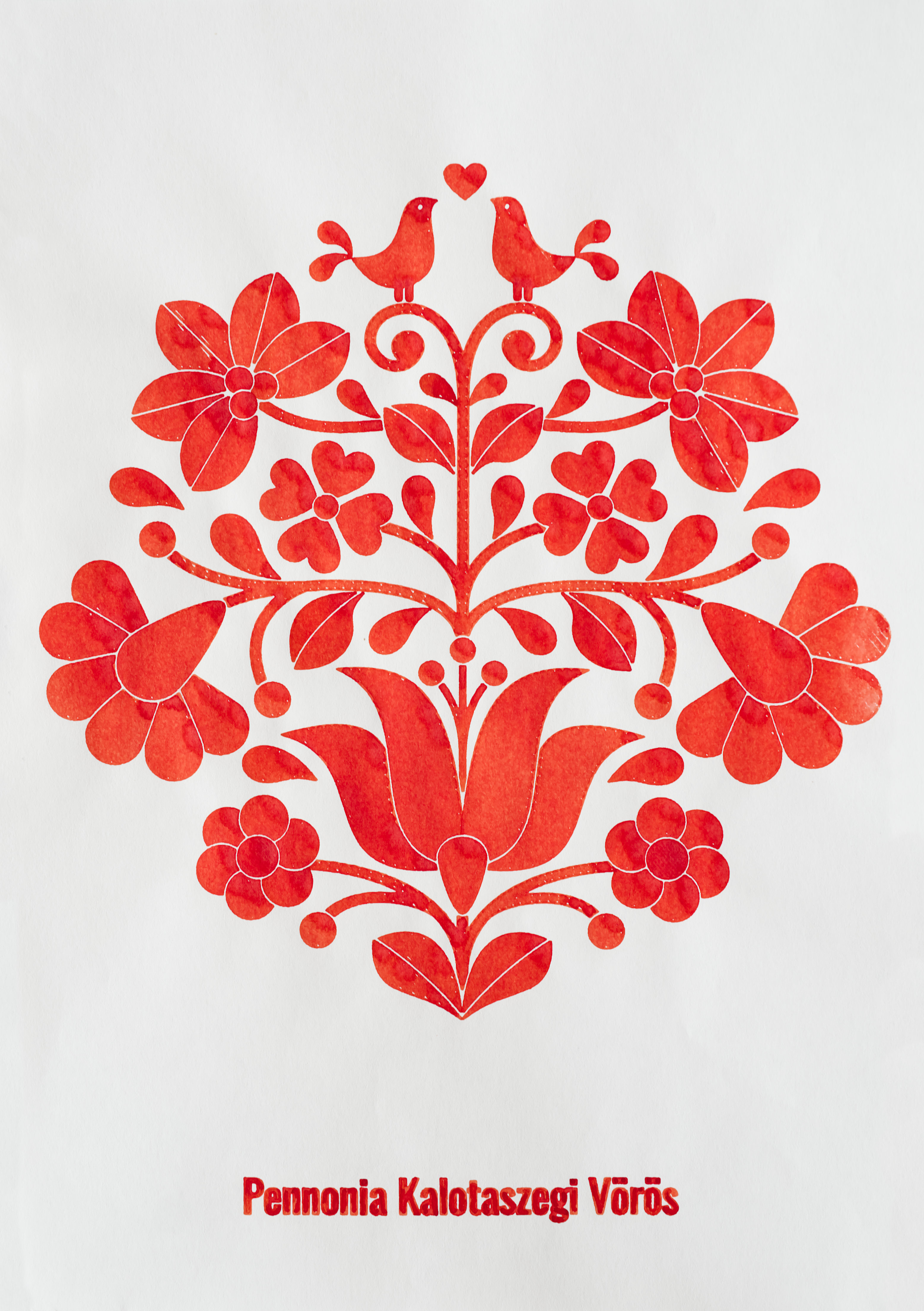„…sunt proprietarul Pennonia, visul meu era de multă vreme să încep să vând stilouri și bunuri conexe. Acest vis a evoluat mult în februarie 2020 când am lansat o linie de cerneluri pentru stilouri, realizate complet manual de mine. Pennonia a luat viață în 2018 din dragostea mea pentru acest hobby, unul dintre obiectivele mele a fost să devin un mic magazin prietenos de stilouri în Ungaria și Europa. În Europa cultura stiloului este grozavă și există o mulțime de companii care încearcă să acopere nevoile utilizatorilor de stilouri.
În prezent, compania are sediul oficial în Carei - România.
Imediat după ce am deschis, viața de afaceri a luat o altă întorsătură, iar acum locuiesc în Budapesta, lucrând în continuare ca profesor, gestionându-mi afacerea online și cu ajutorul părinților mei din România.
La sfârșitul anului 2020, am decis să mă concentrez complet pe fabricarea de cerneală și am încetat să vând produse de la alte mărci.
A fost o călătorie lungă și nu aș fi putut-o face fără sprijinul familiei și al prietenilor care m-au ajutat enorm cu idei și sfaturi despre fabricarea cernelii…”

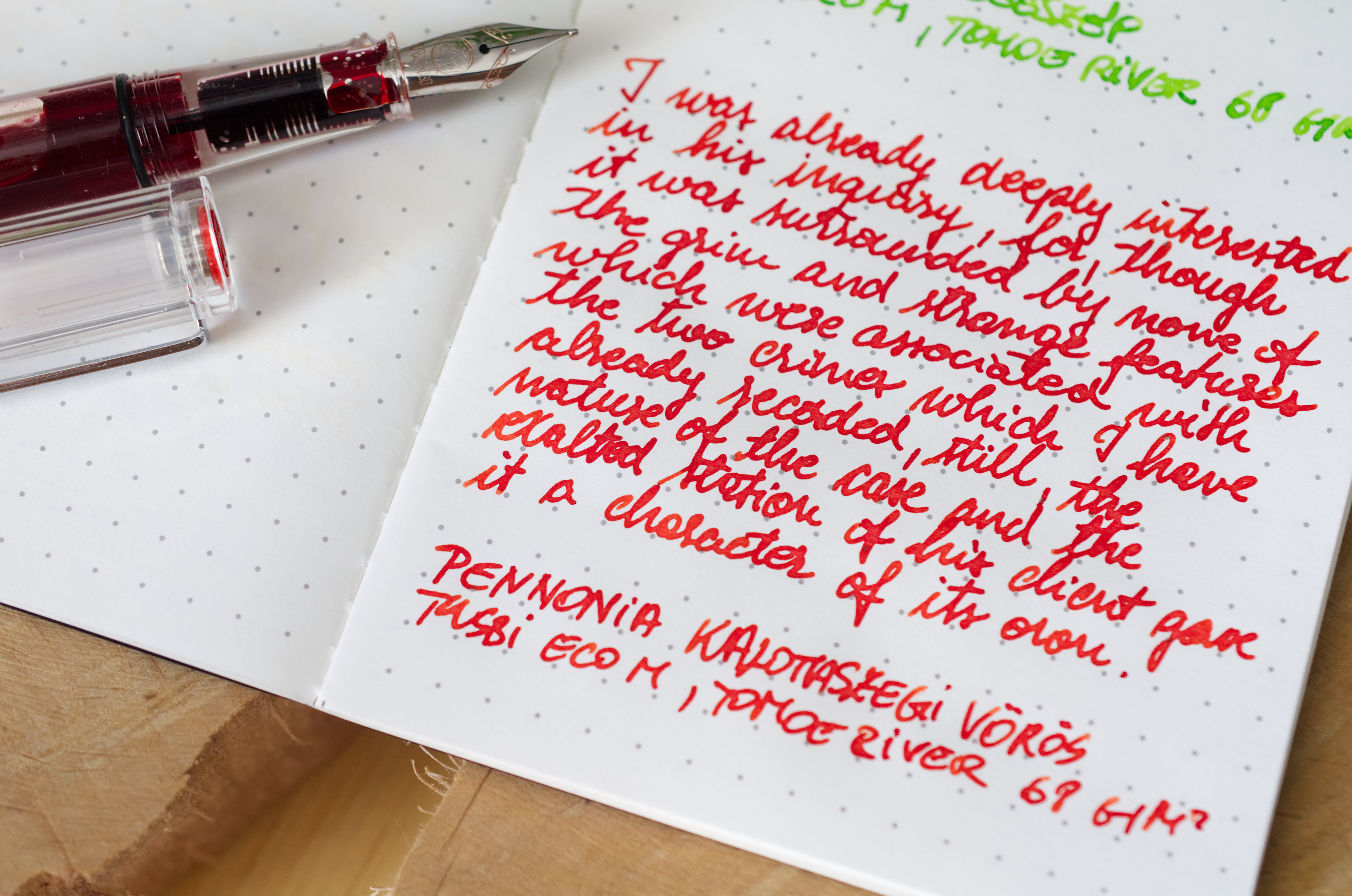
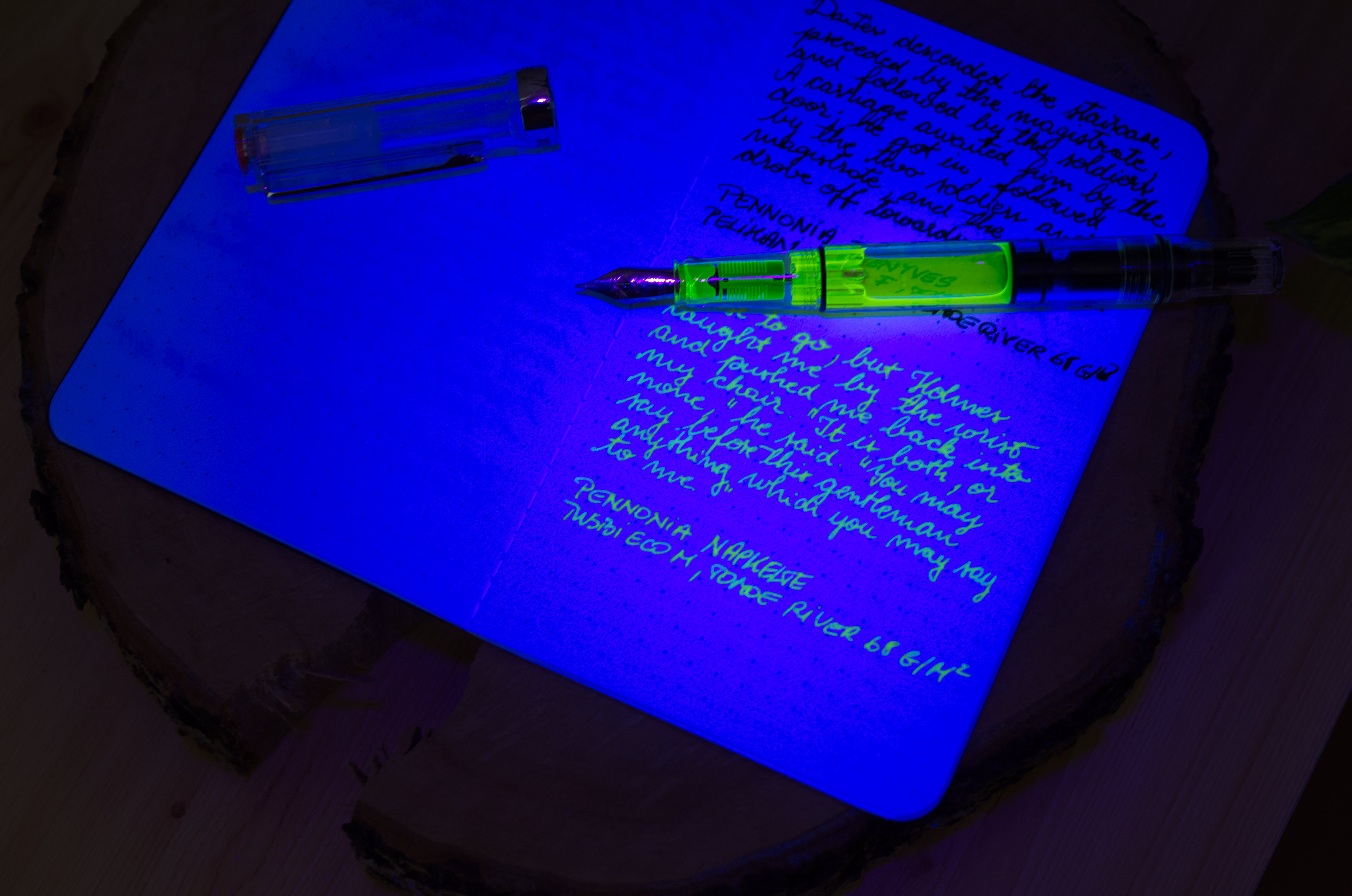
About Pennonia Inks:
All Pennonia inks are created by hand using high quality ingredients, precise measurements and a pinch of passion for writing and inks in order to bring you, vivid, beautiful colors to write with. They are designed to work flawlessly with your favorite writing instruments, offering a smooth, pleasant writing experience. Pennonia inks can also be customized with different color shimmer powders based on your preference.
Each bottle is hand labelled using Clairfontaine Clairmail 60 g/m2 white paper and the bottles themselves are pharmaceutical grade amber glass bottles to protect the inks from UV light.The wide mouth of the bottle (4 cm) is excellent for filling any kind of fountain pens and reduces the changes of accidentally tipping them over when filling.
All inks carefully packed into, simple yet beautiful boxes to keep them safe during transport right until they reach your shelves.
Almazöld:
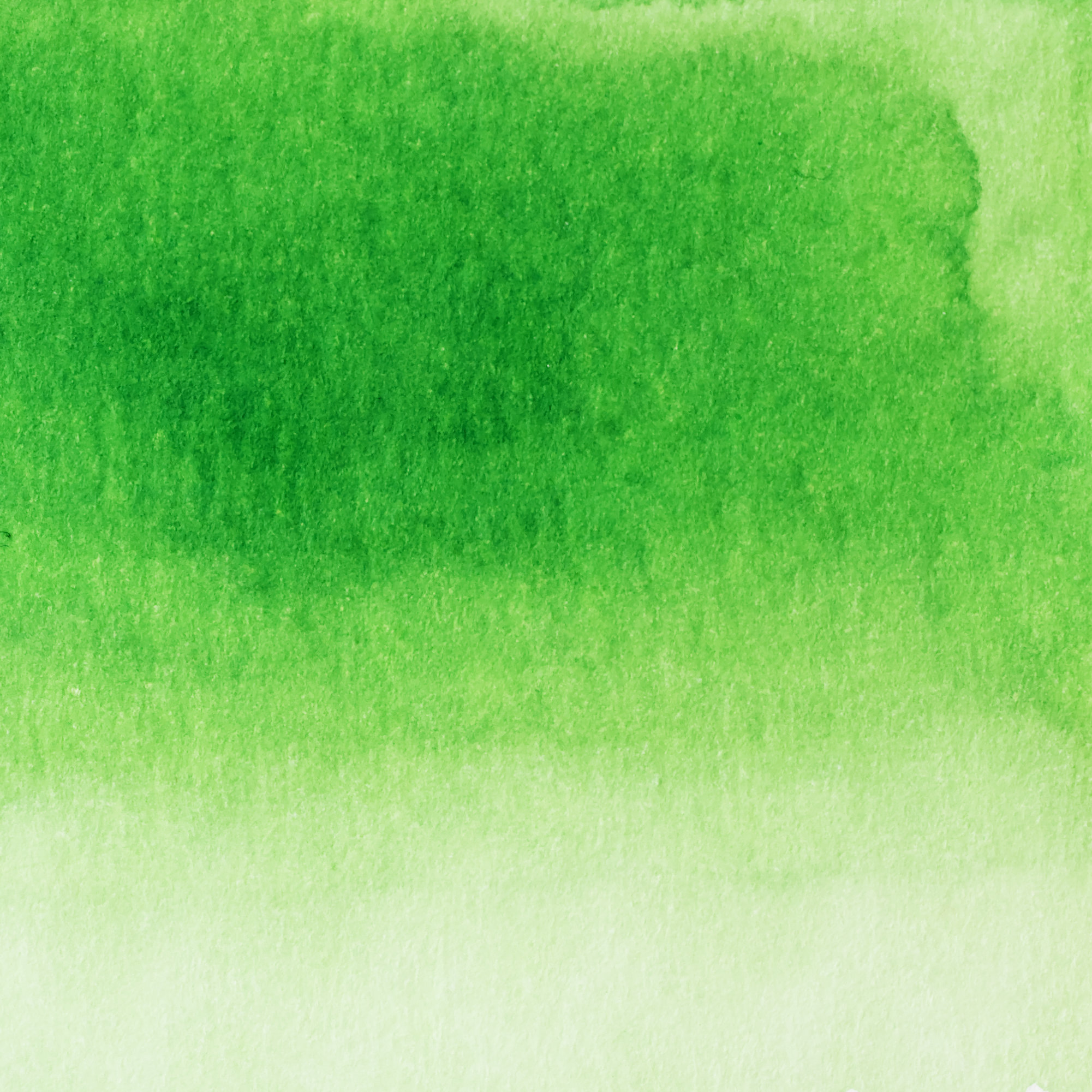
Pennonia Almazöld is a light green ink. The name translates to Apple Green. The ink is slightly water resistant and offers shading. An interesting trait of this ink is that if left unused for a while then the first lines of writing will be more blue and then the ink turns back to it's original color again.
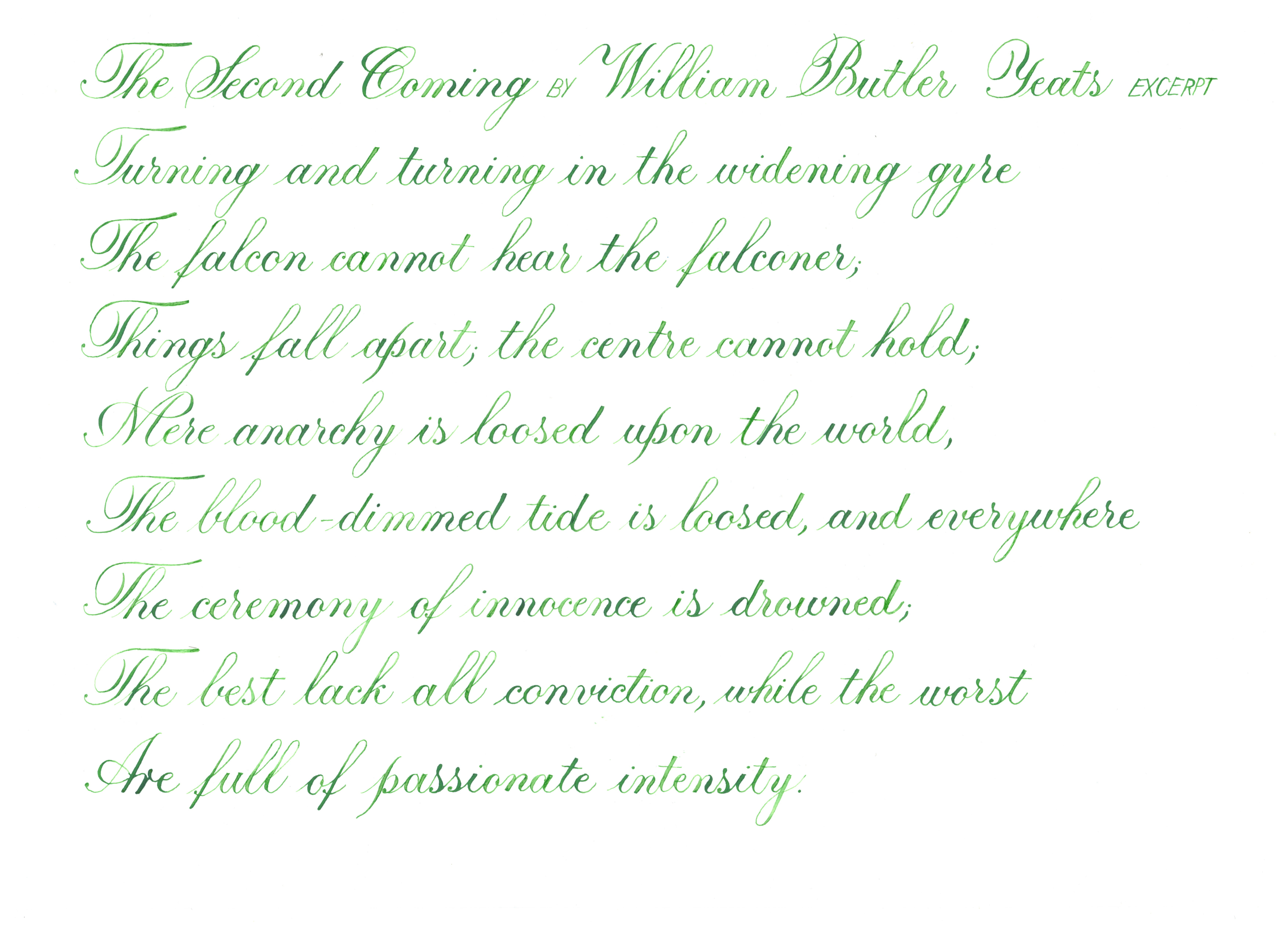
Csillánt:
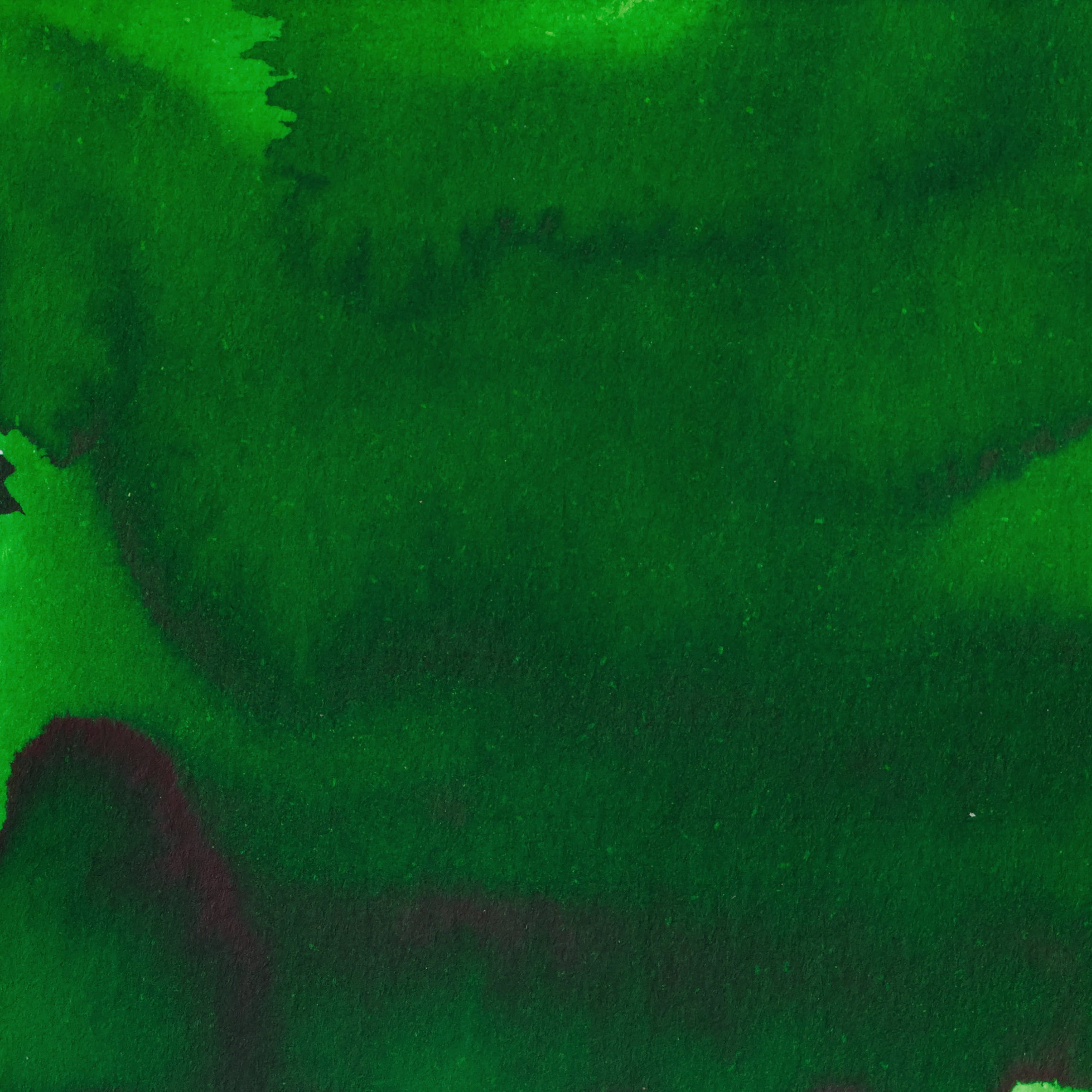
Pennonia Csillánt is a deep green ink. Its name translates to Nettle in English and the word itself is actually a regional variant of the "proper" Hungarian word "csalán". The name for this ink got inspired by my childhood adventures in the garden and at my cousin's place where we used to play out in the fields and always got stung by nettles. Good times! As for choosing "csillánt" over "csalán" it's simply because after moving to Budapest it made me realise that I don't want to lose my dialect.

Dungó:
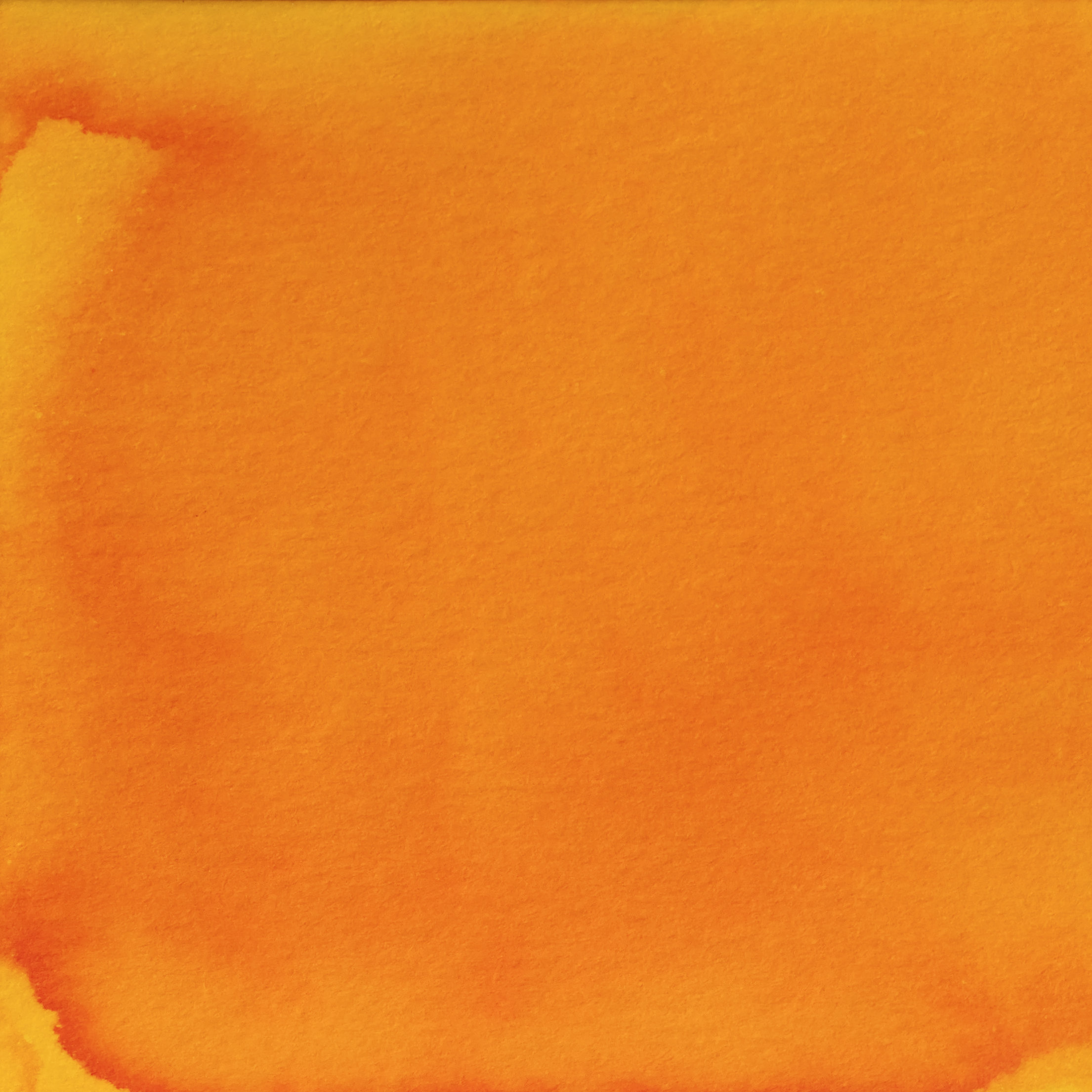
Pennonia Dungó is an orange that was inspired wasps. I got stung a few times back in the day so I pretty much hate them but on the other hand they are also pretty cool and badass, just like this ink, so here we have it: Pennonia Wasp.
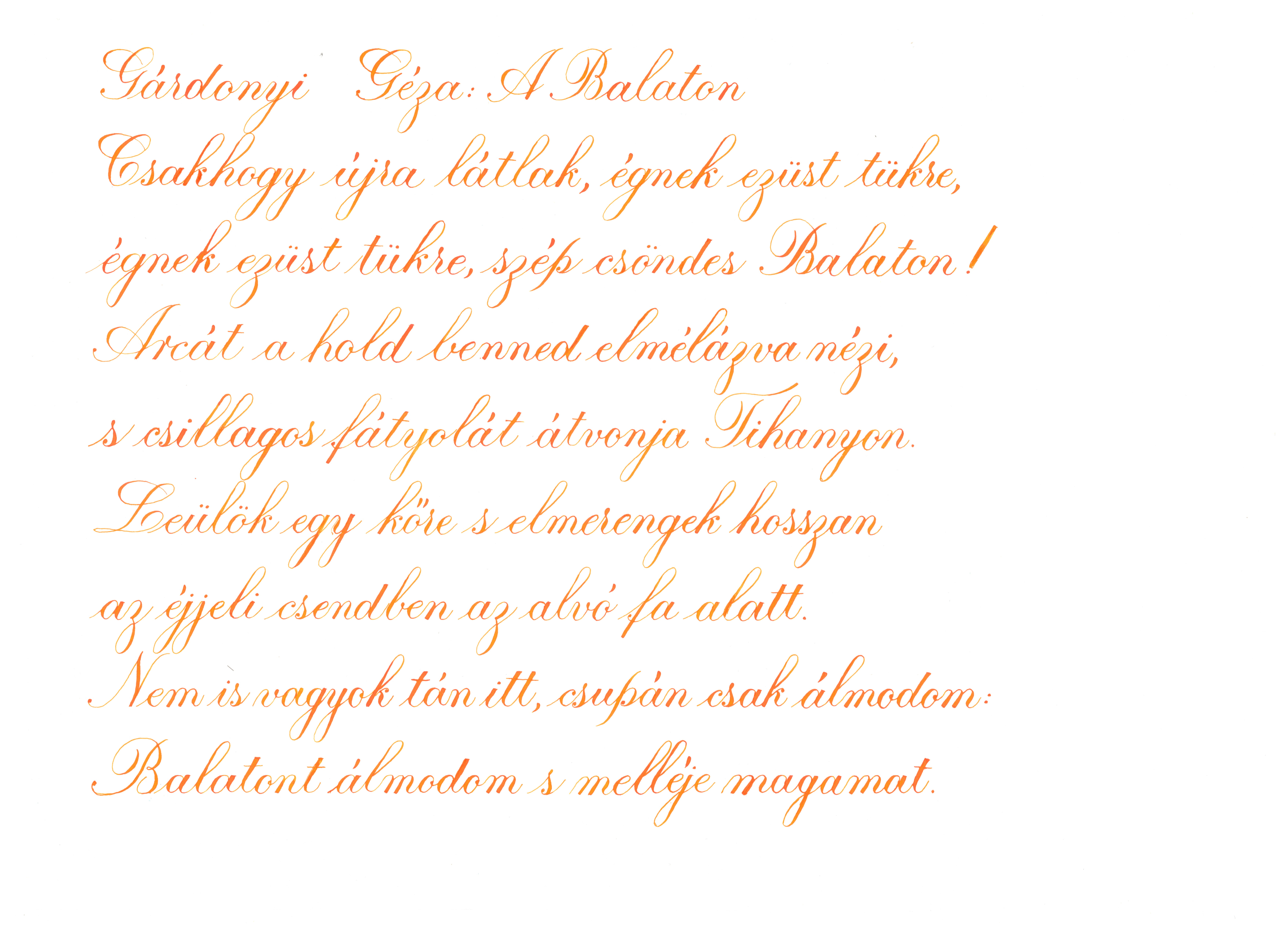
Hupikék:
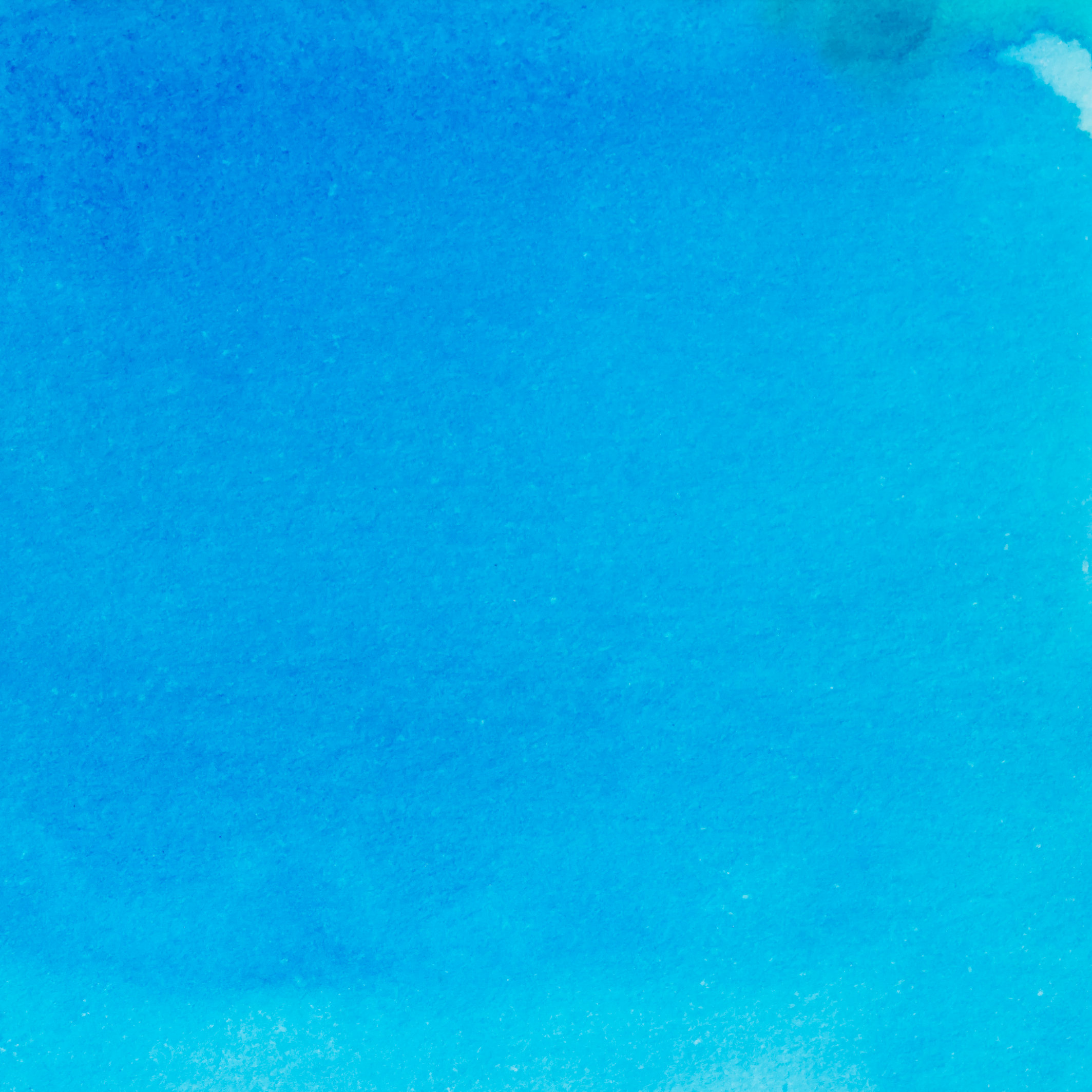
Pennonia Hupikék is a light blue that, some say, was inspired by the color of the Smurfs. Growing up the Smurfs was one of my favorite cartoons and I always watched it on TV. In Hungarian name of the show was Hupikék Törpikék.
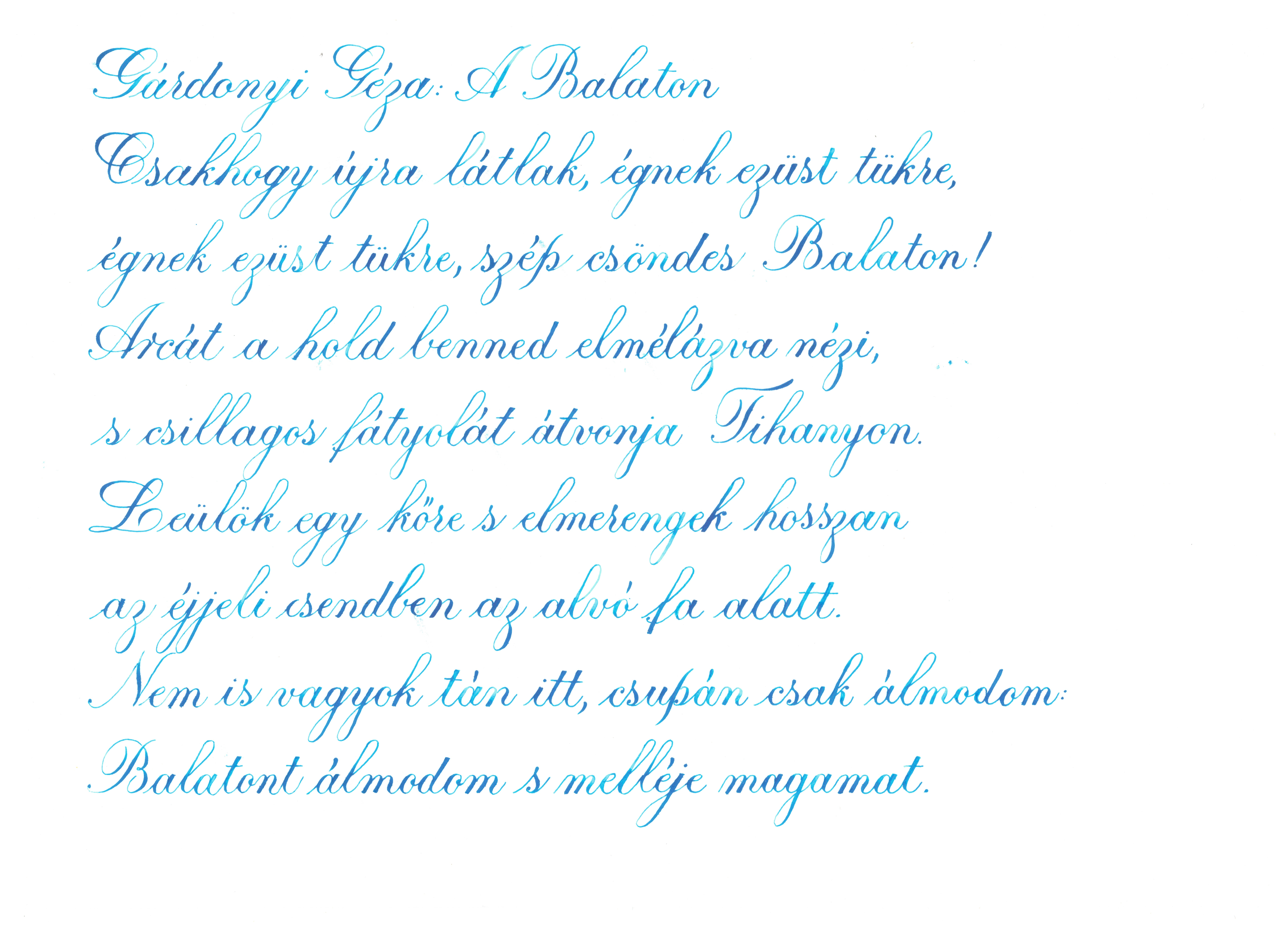
The name actually refers to the blue your skin gets after you get beaten, or whooped and that's why this ink is called Whoopie Blue in English.
Kékfény:
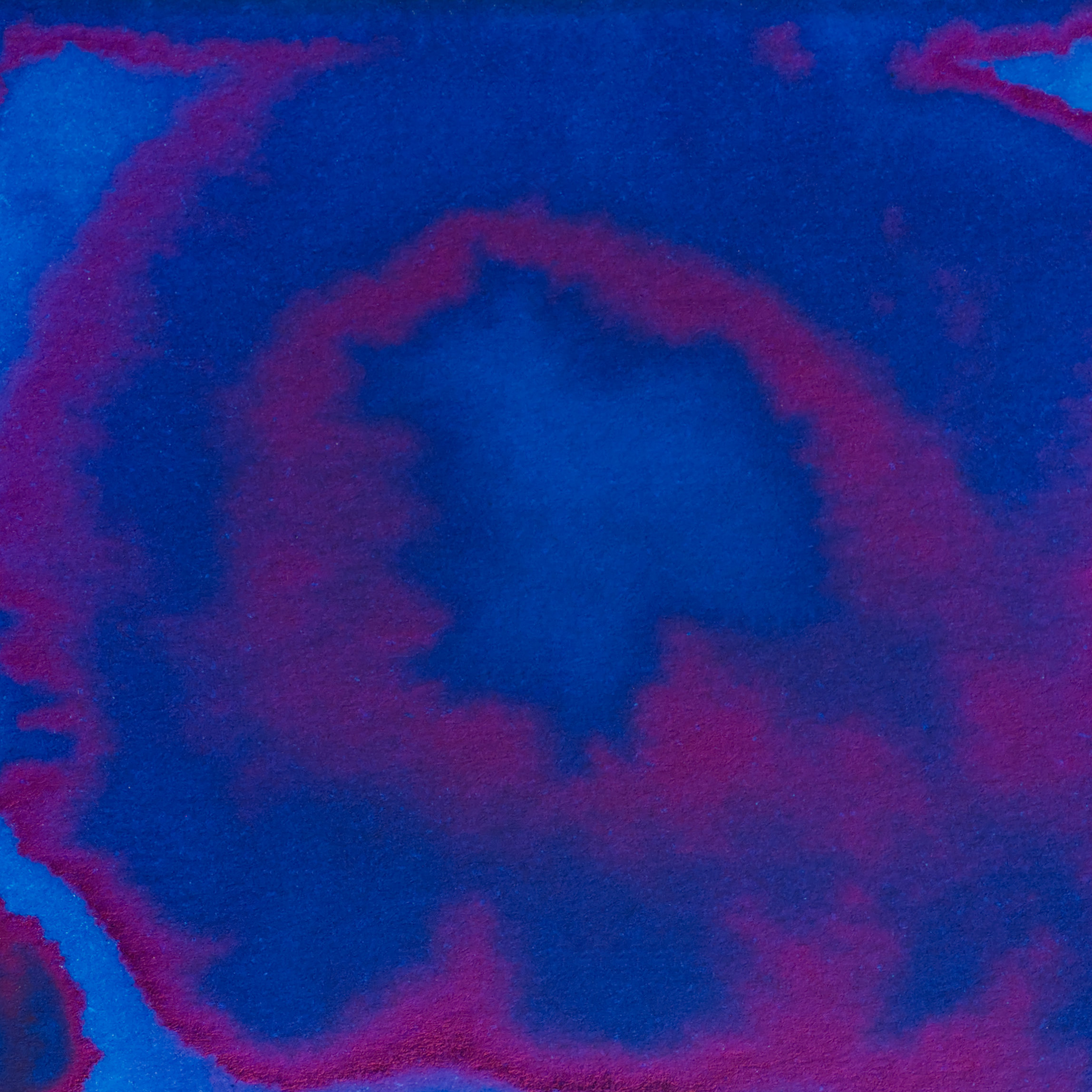
Pennonia Kékfény is blue ink with red sheen. It's not a super sheener specifically because I think it's nice to see the color of the ink as well. The name simply means Blue Light and was chosen partly because it's a blue ink that shines and partly because it's a nod at the old Hungarian TV show Kékfény which was about legendary crime cases.
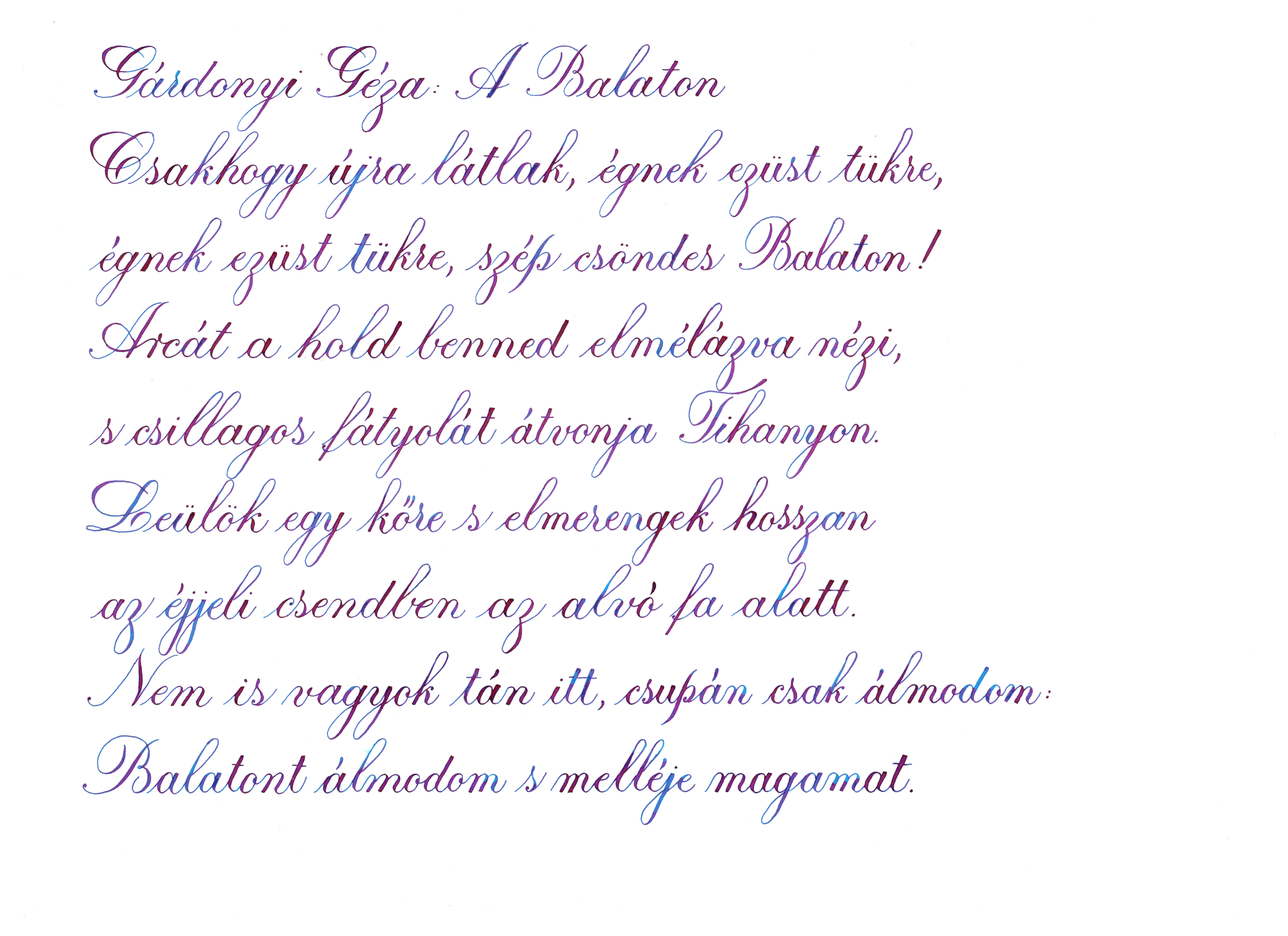
Kékfestő:

Pennonia Kékfestő was inspired by traditional Hungarian clothing decorations. The name refers to that specific color and the accompanied embroidery style used to decorate the clothes. In English it is known as "blue printing" or "bluedyeing". While this style is not unique to Hungary , it nonetheless is considered a traditional folk technique/style. So not only is the name and color of this ink related to traditional Hungarian costumes it also has a connection with the textile dyeing which is the industry that basically allowed us to enjoy so many nice and interesting colors in our inks as well.
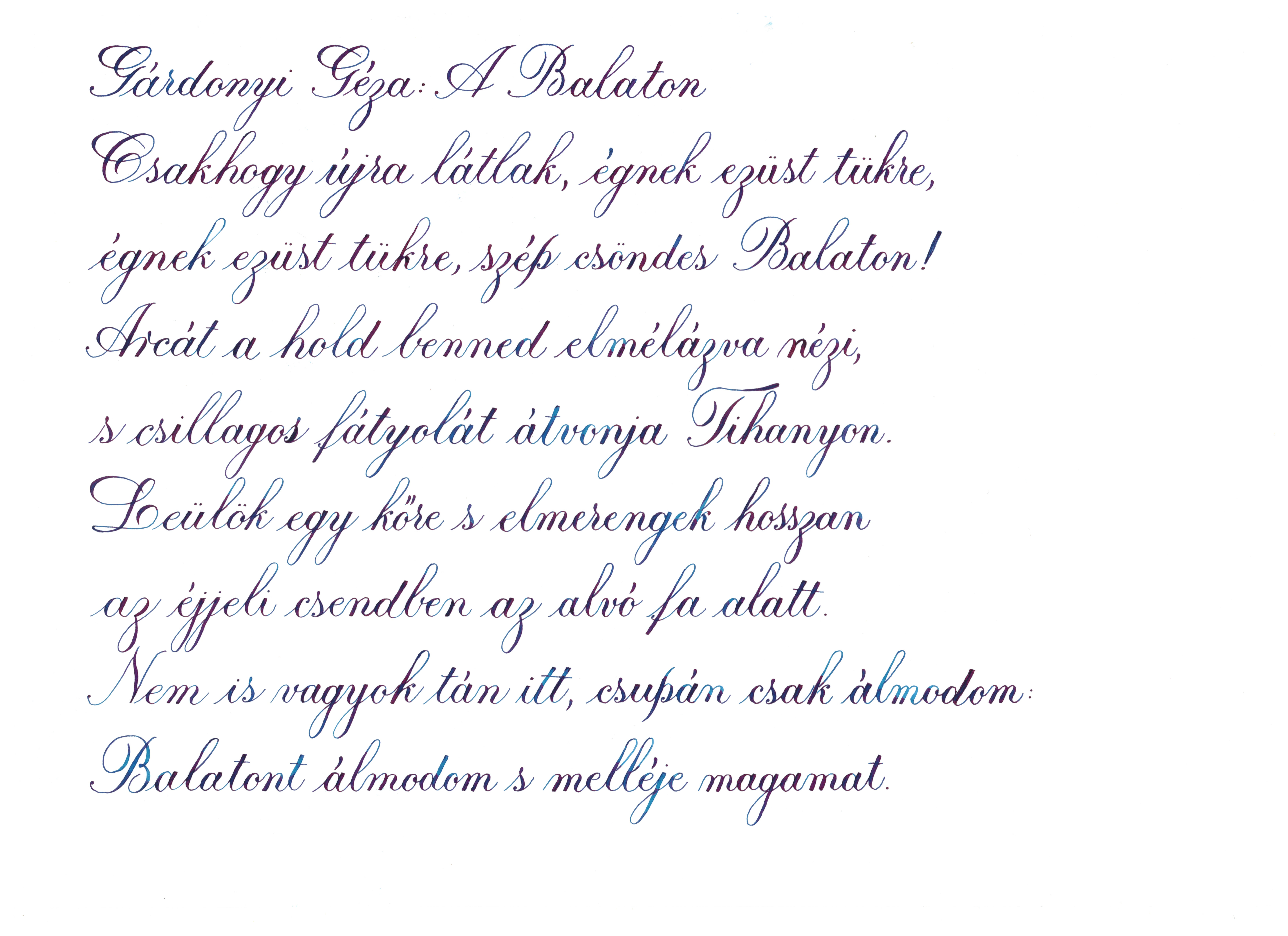
Lila Árnyék:

Pennonia Lila Árnyék is a really dark blueish purple. In low light the ink looks like it is black but under natural light you can see a purplish/blueish hue in the darkness, somewhat like the color of tanzanite. The name in this case doesn't reference anything from Hungarian culture, I just thought it's a cool name, in English it is Purple Shadow.
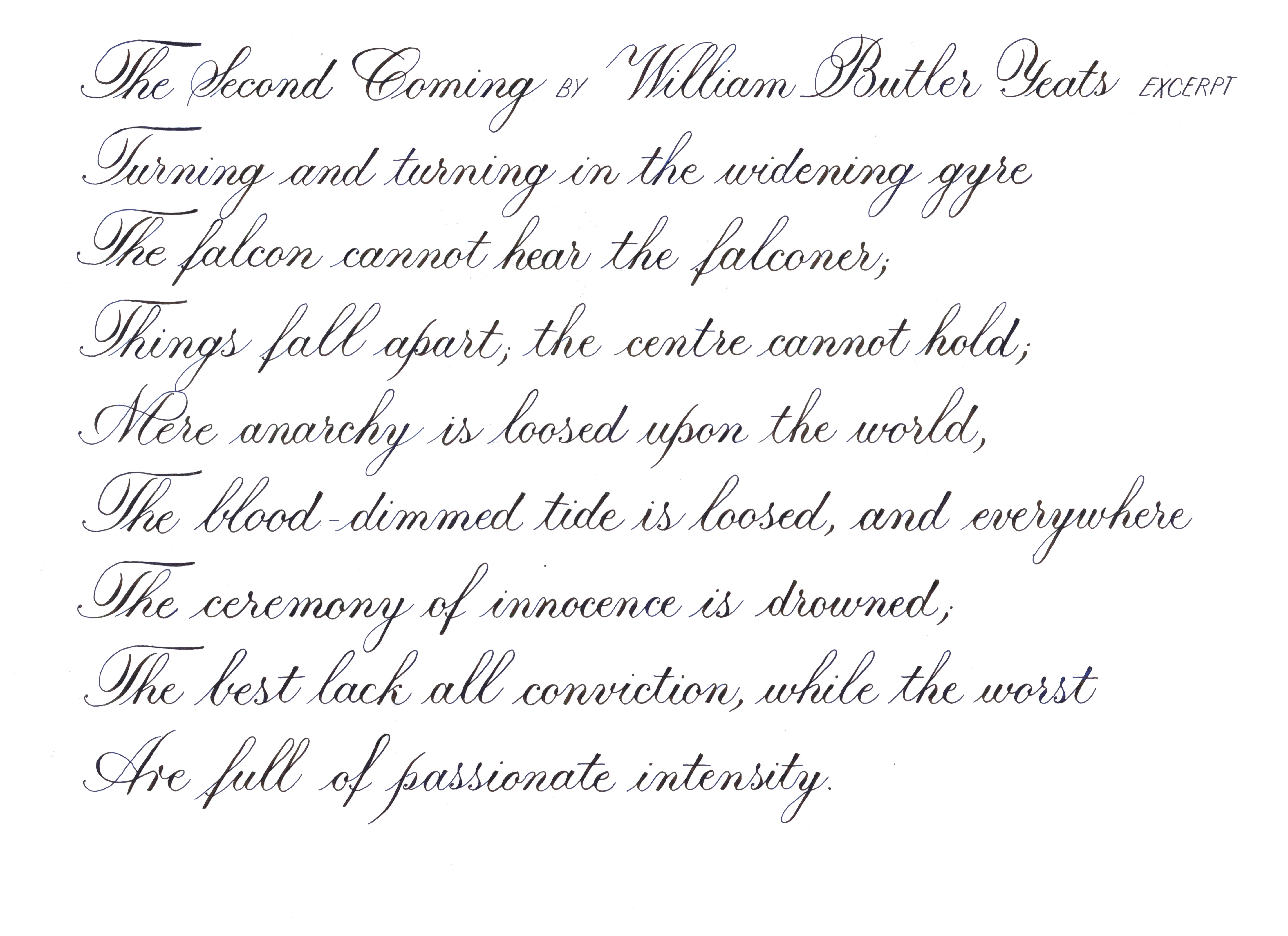
Meggyes:
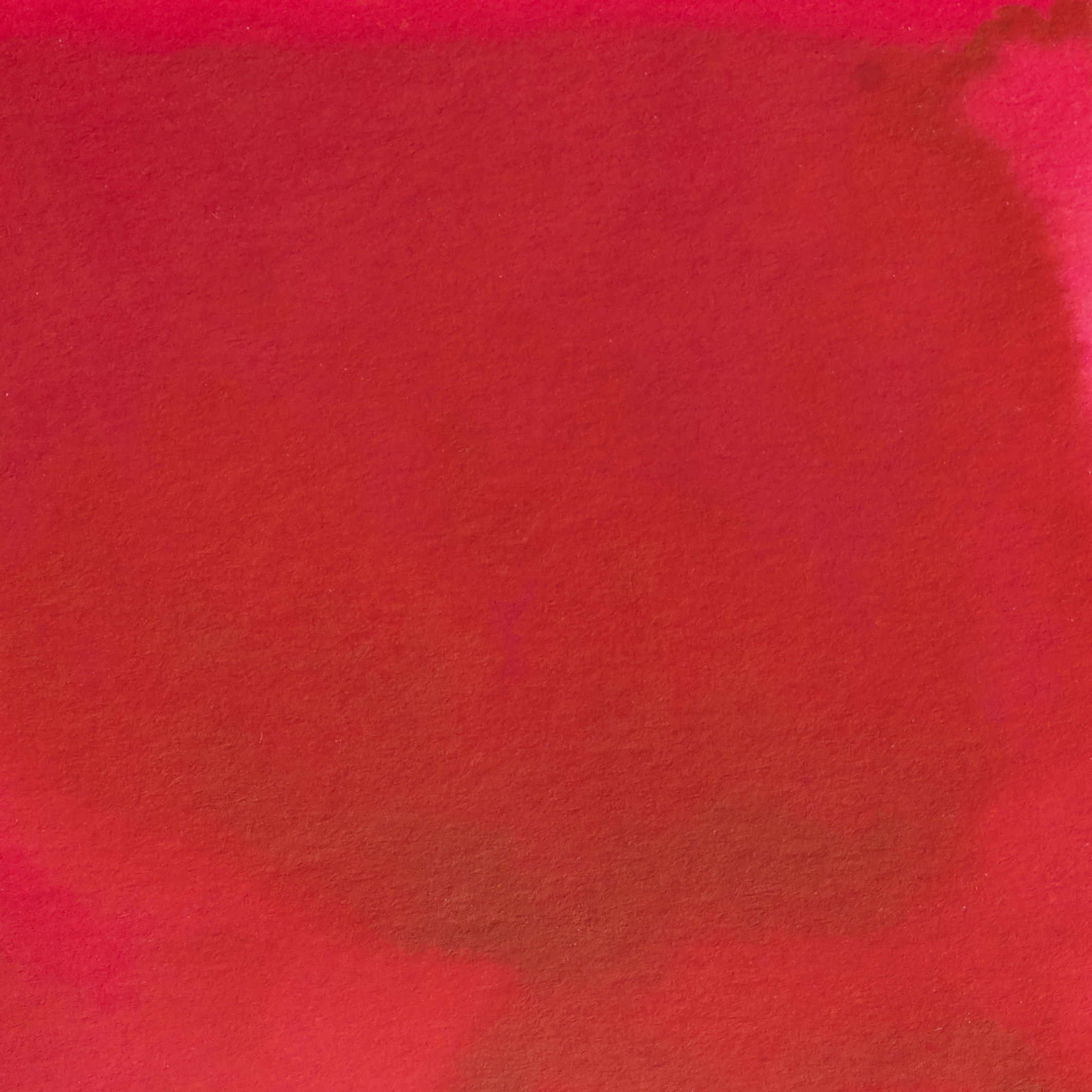
Pennonia Meggyes is a dark burgundy with excellent flow and a rich, strong color. The ink is saturated but can still offer shading properties. The name translates simply to Sour Cherry and I chose it because we had a huge sour cherry tree in the garden during my childhood. I always liked how beautiful the tree was when it was full of fruit, the colors ranging from vivid red all the way to an almost complete black. We used to hang the cherries on our ears and wore them as earrings. Ironically I never liked the taste of sour cherries.
"Meggy" refers to a type of cherry: https://en.wikipedia.org/wiki/Prunus_cerasus
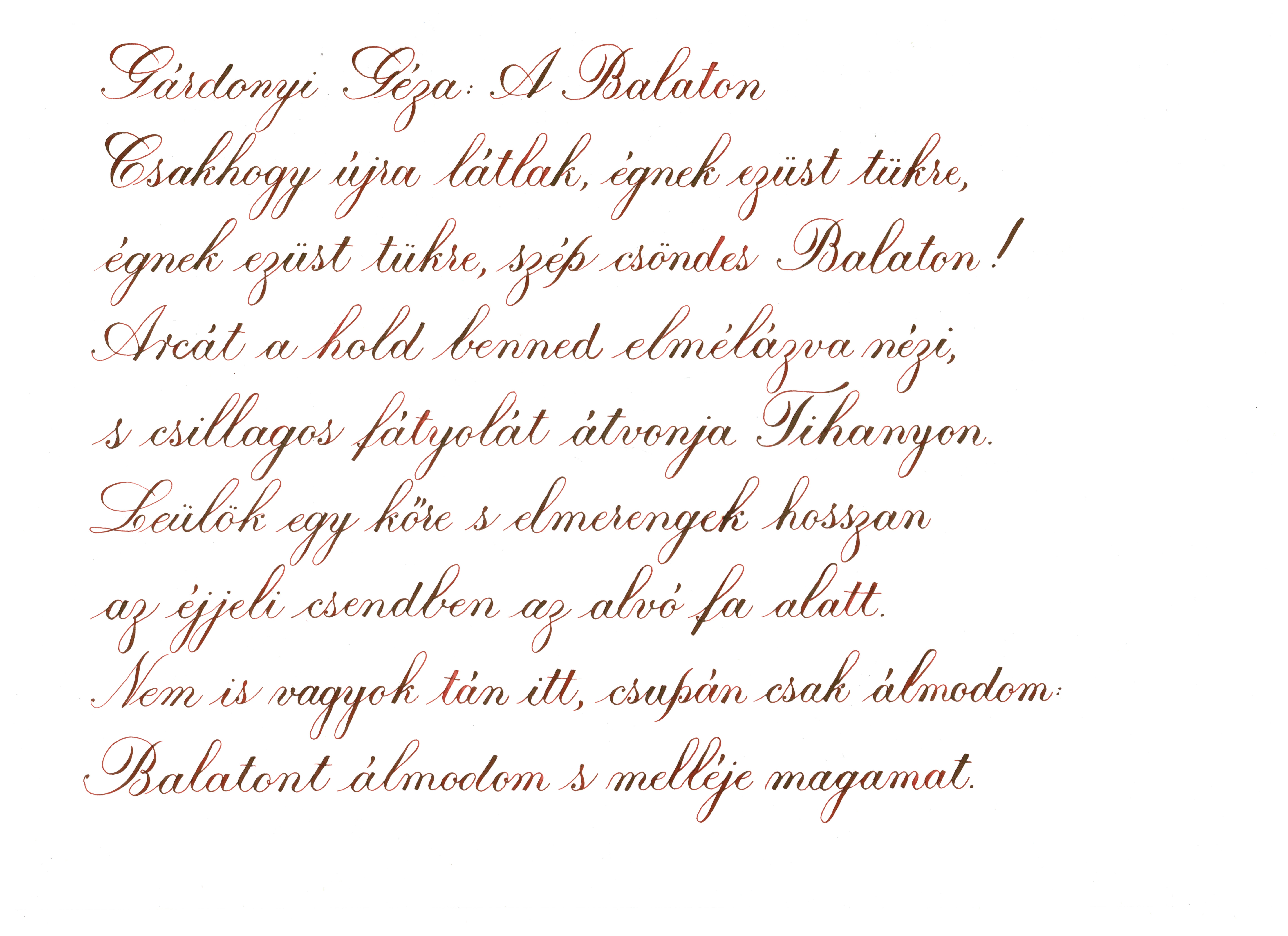
Méregzöld:
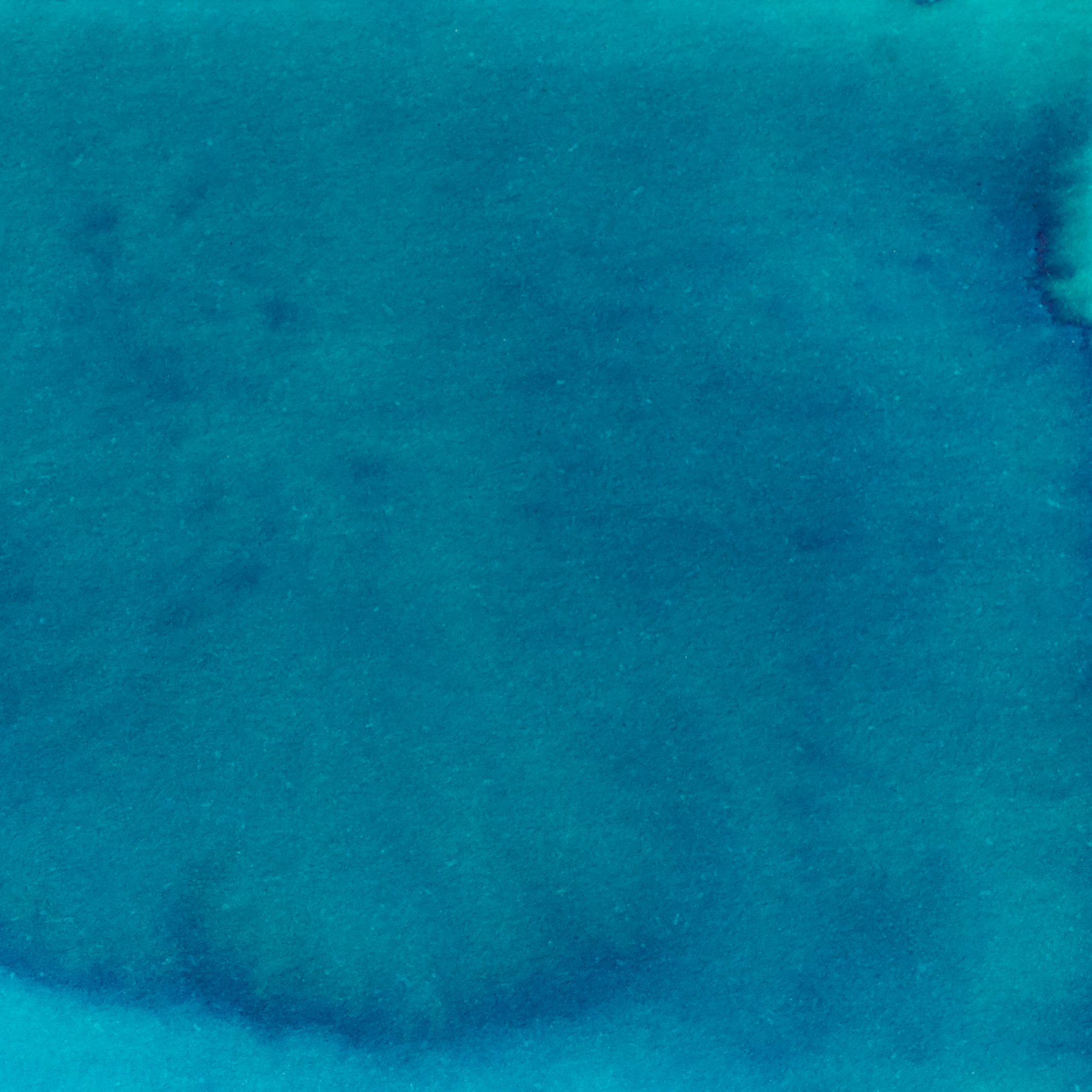
Pennonia Méregzöld is a dark teal which is the favorite color of my mother. There's nothing fancy behind the name here just a neat little story: Windows has a background color (in Win 10 it's called Seafoam Teal) that was our background color when we first got a computer (Windows 95) and my mum told me, that color is called "poison green".

Ördögi Vörös:
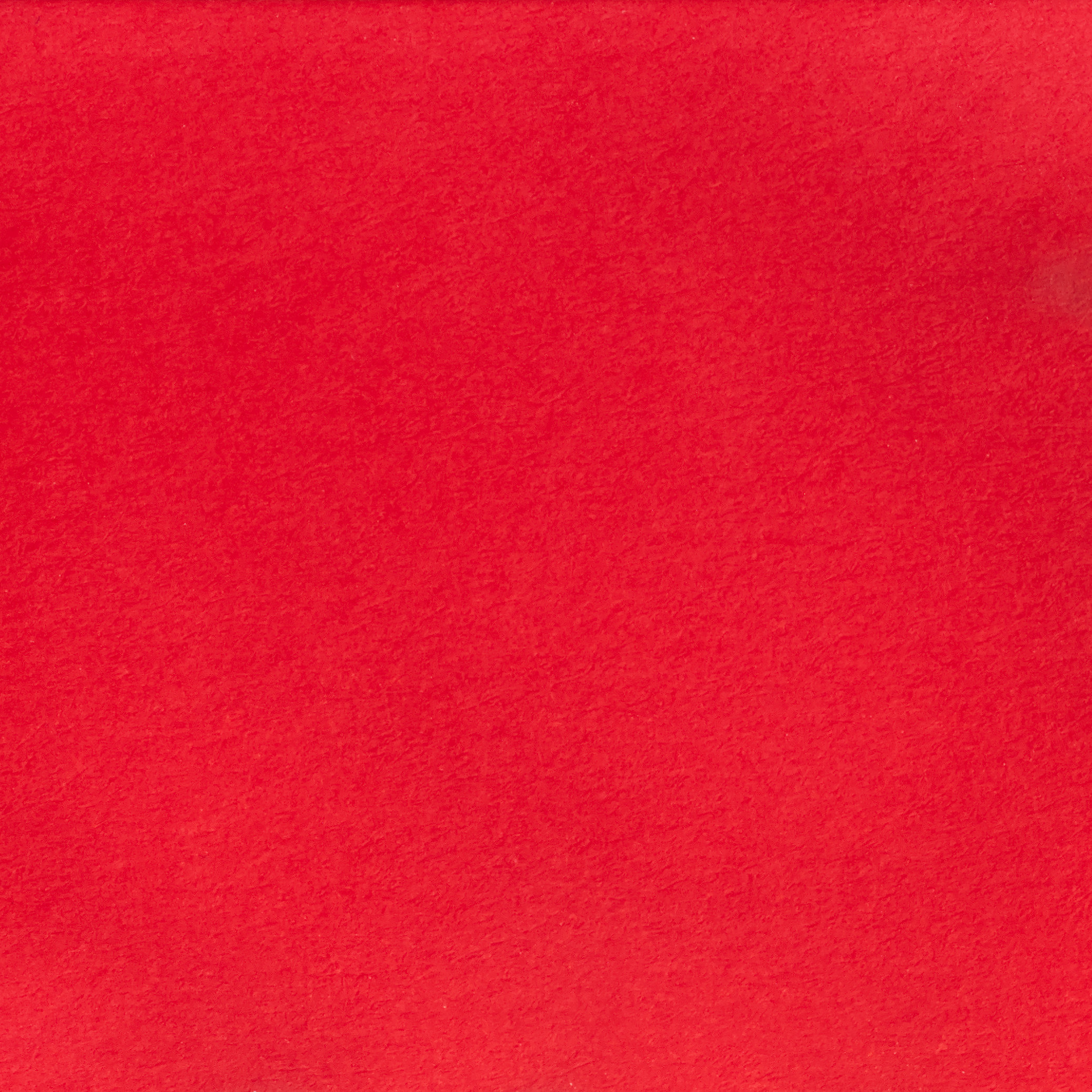
Pennonia Ördögi Vörös or Devilish Red is a bright, saturated red, almost neutral but leaning slightly towards the orange side of the color. Unfortunately there's no backstory to the name, I just thought it's a cool name.
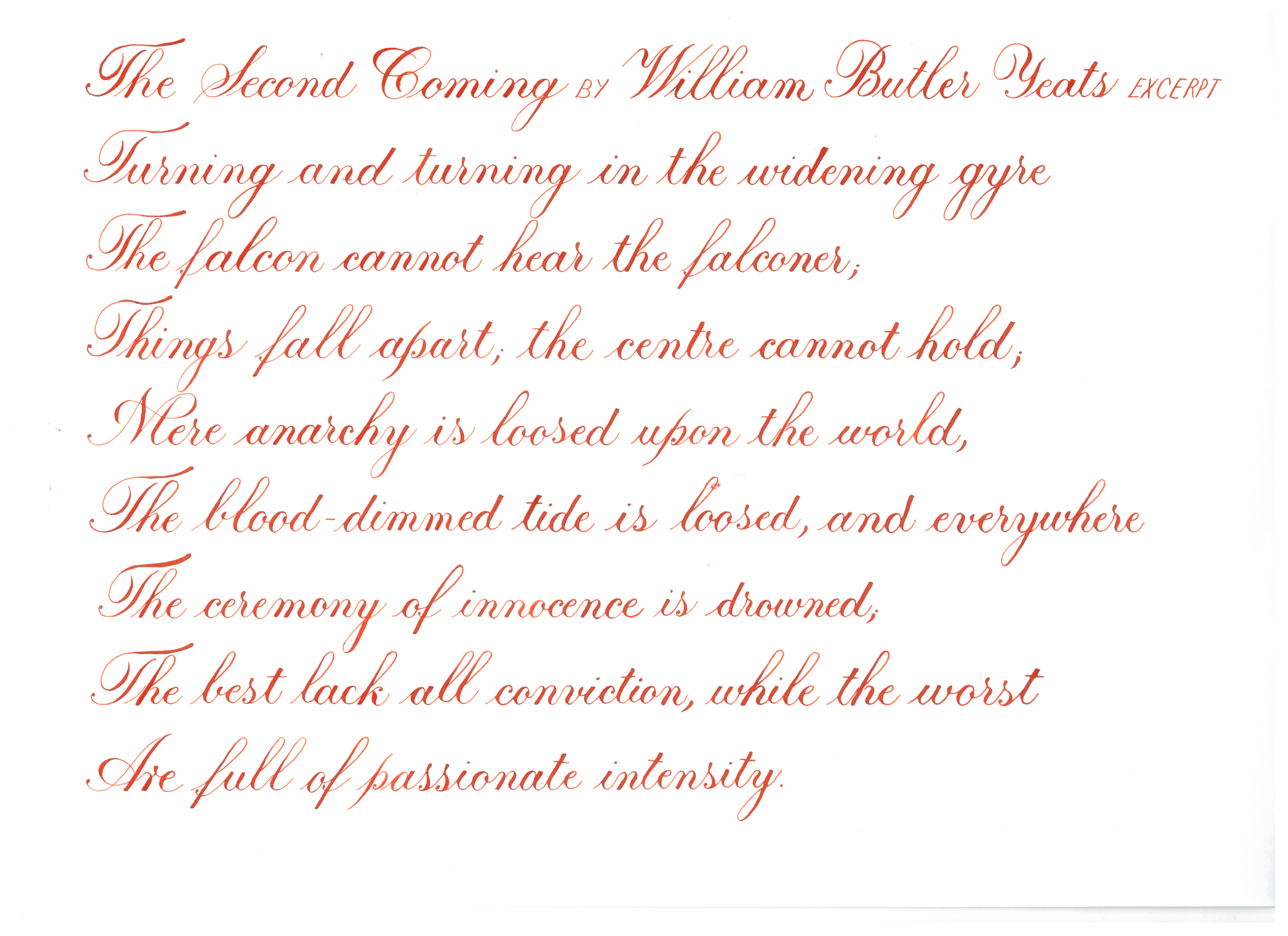
Róka Koma:
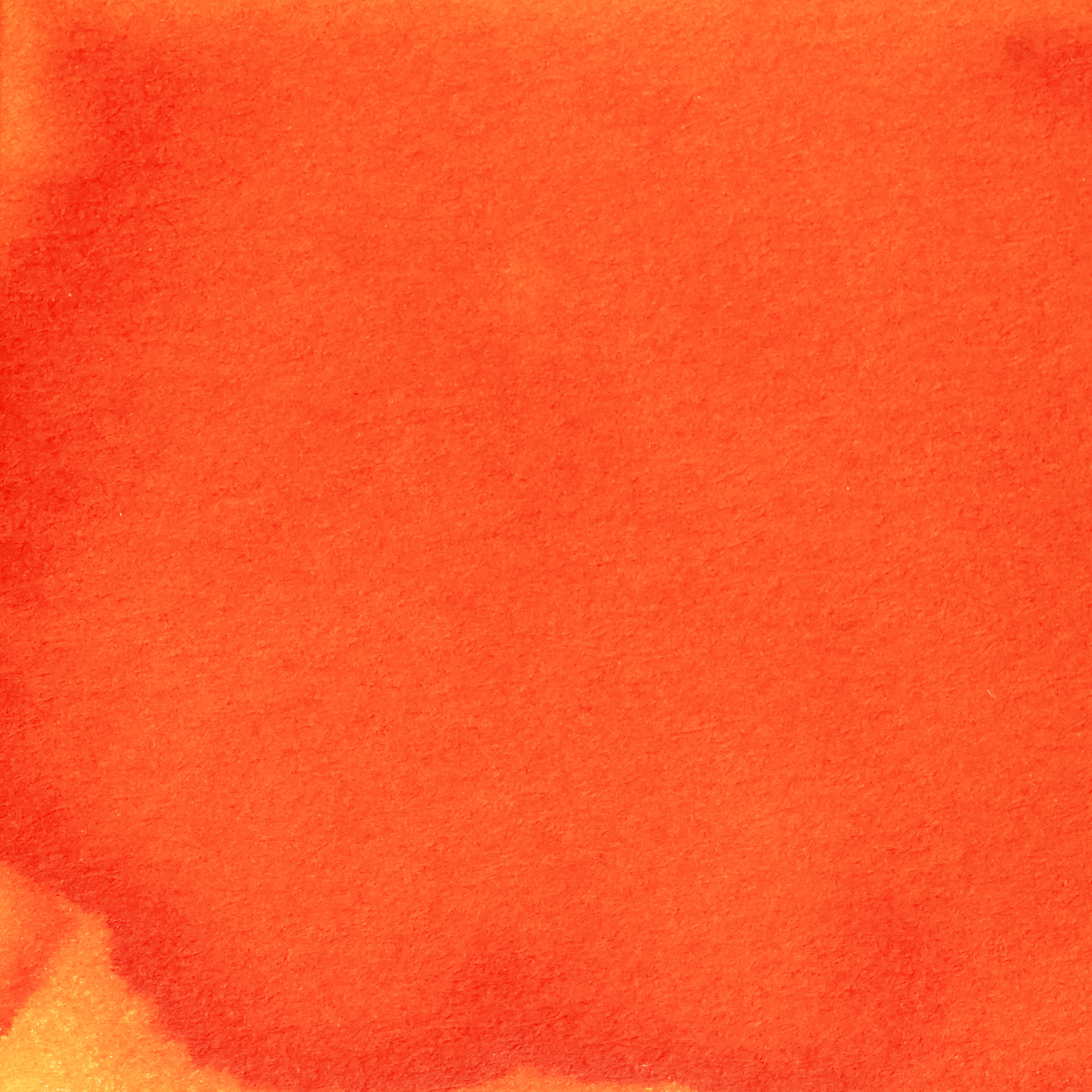
Pennonia Róka Koma is inspired the sly fox from folktales. The Hungarian Folktale Cartoons I think is something that every Hungarian is familiar with and I love all of them where "Róka Koma" is a generic name for a lovable, sly fox who tries to trick other animals but in the end things turn around and he is the one who gets tricked. He appears in folk and children tales and bedtime stories (i.e. my grandpa used to make up stories on the spot).
There's also a famous Hungarian novel and cartoon called "Vuk" about a little fox so I think it's safe to say we Hungarians like our foxes!
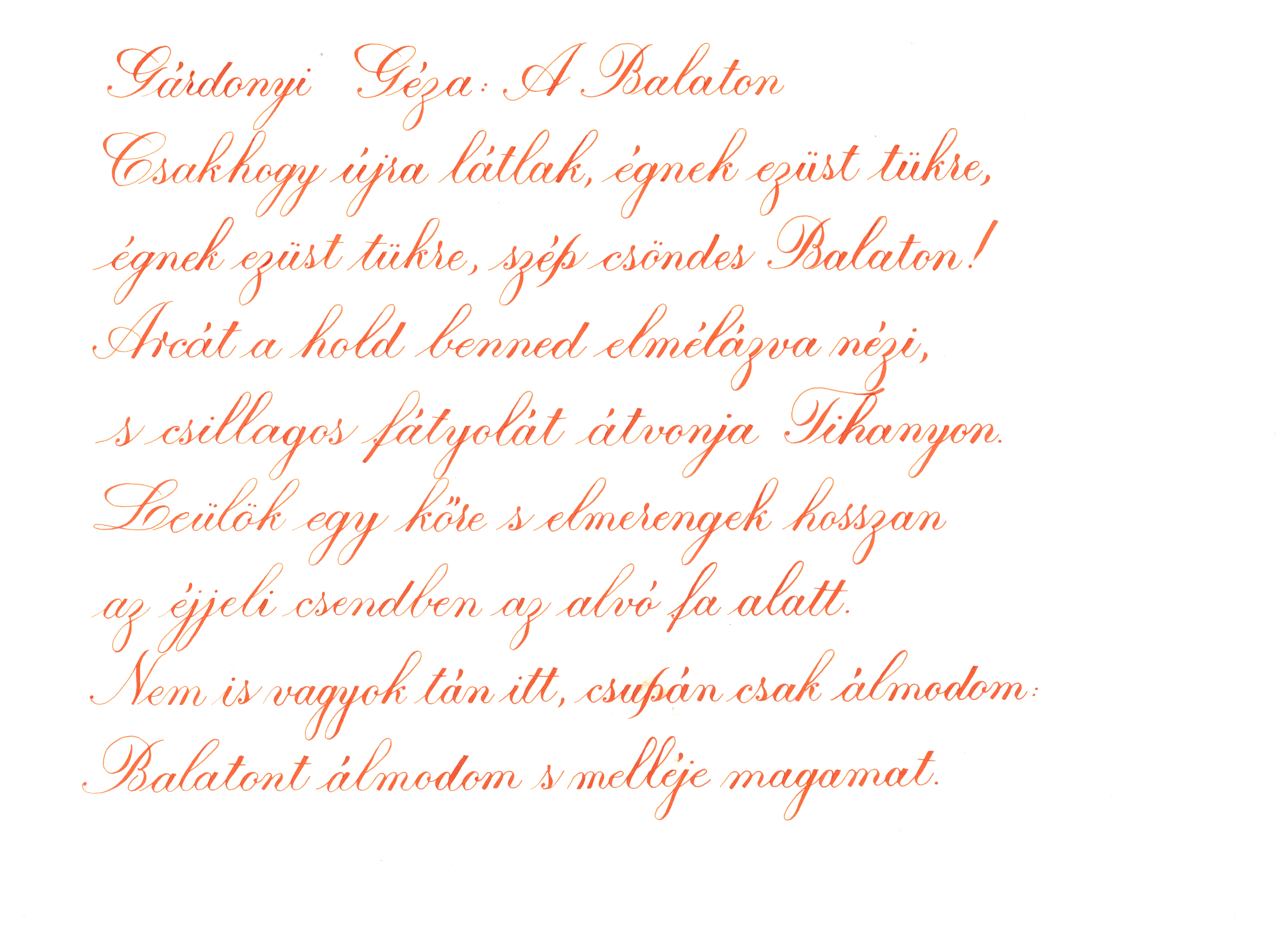
Tihanyi Lila:
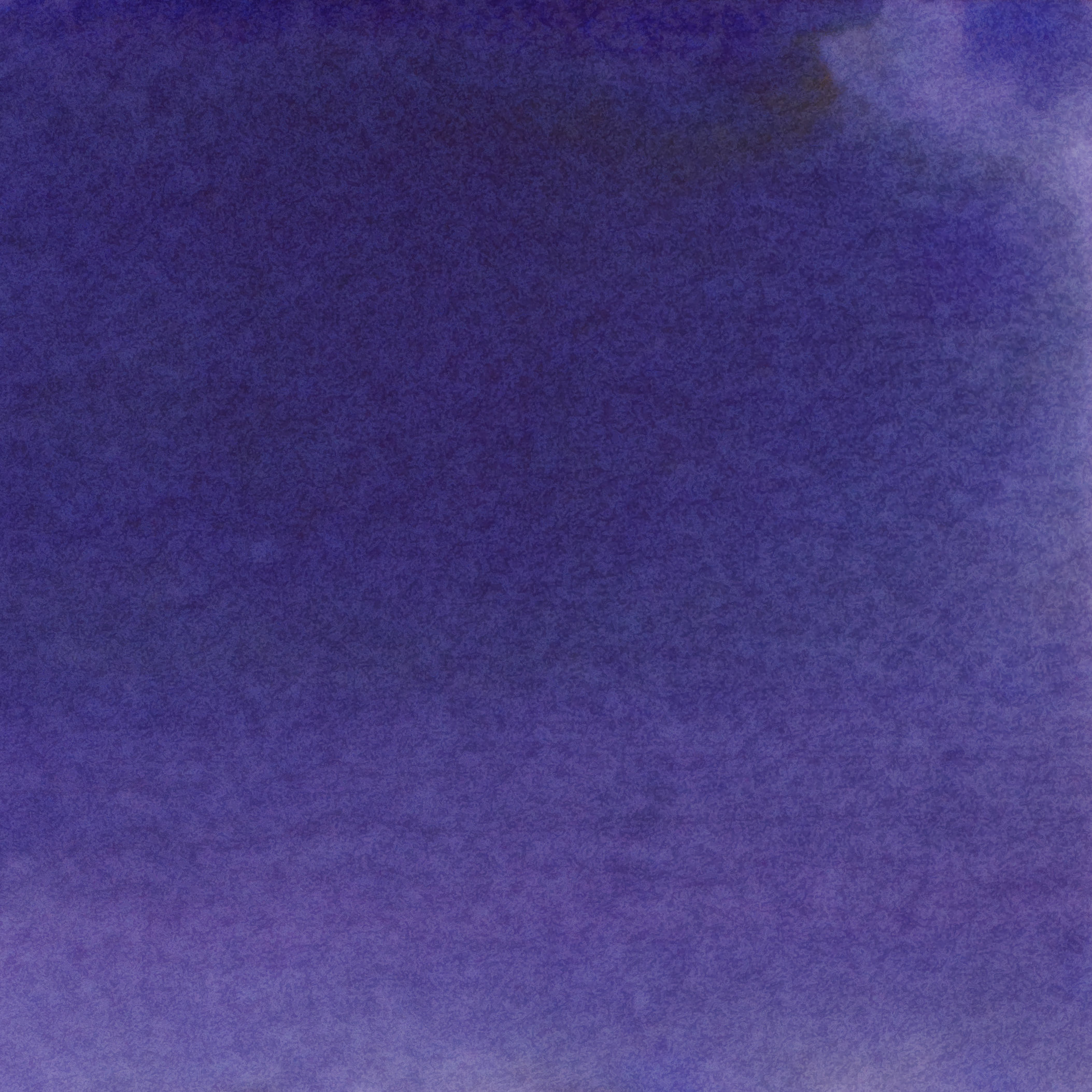
Pennonia Tihanyi Lila was inspired by the lavender fields found near the Hungarian town of Tihany, thus the name in English can be translated to Purple from Tihany or simply Tihany Purple. The ink leans towards the red spectrum of purple and has a darker, muted color in order to give back the wide range of purple shades found in lavender flowers . Since it's not a vibrant color it doesn't offer sheen however it does have good shading properties. The ink is also water-resistant after drying.
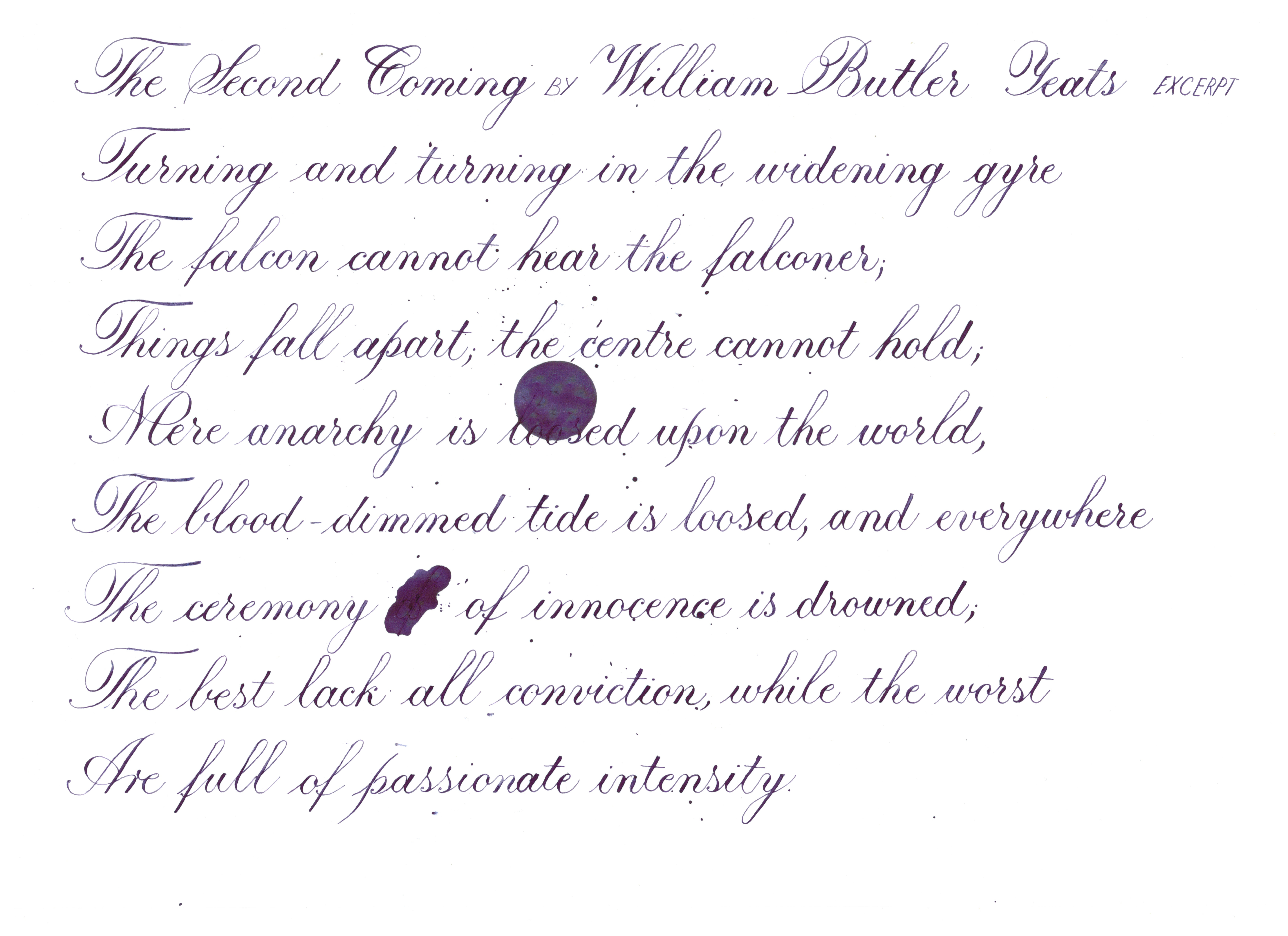
Törökkék:

Pennonia Törökkék or Turkish Blue is our staple turquoise blue. The ink is what you would expect, a safe color for everyday use. In normal circumstance it doesn't produce sheen however a little is possible on papers like Tomoe River Paper.
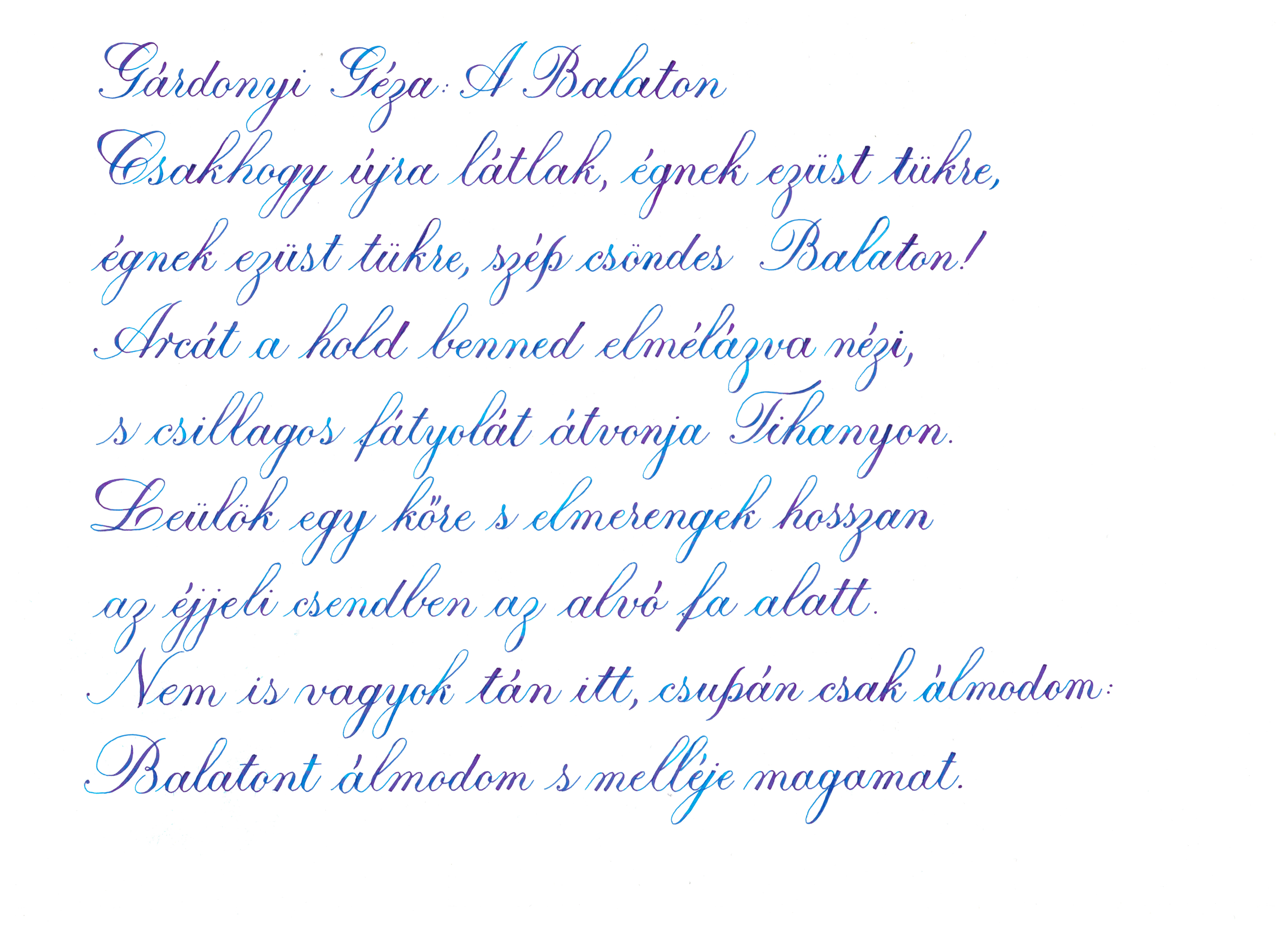
Vattacukor:
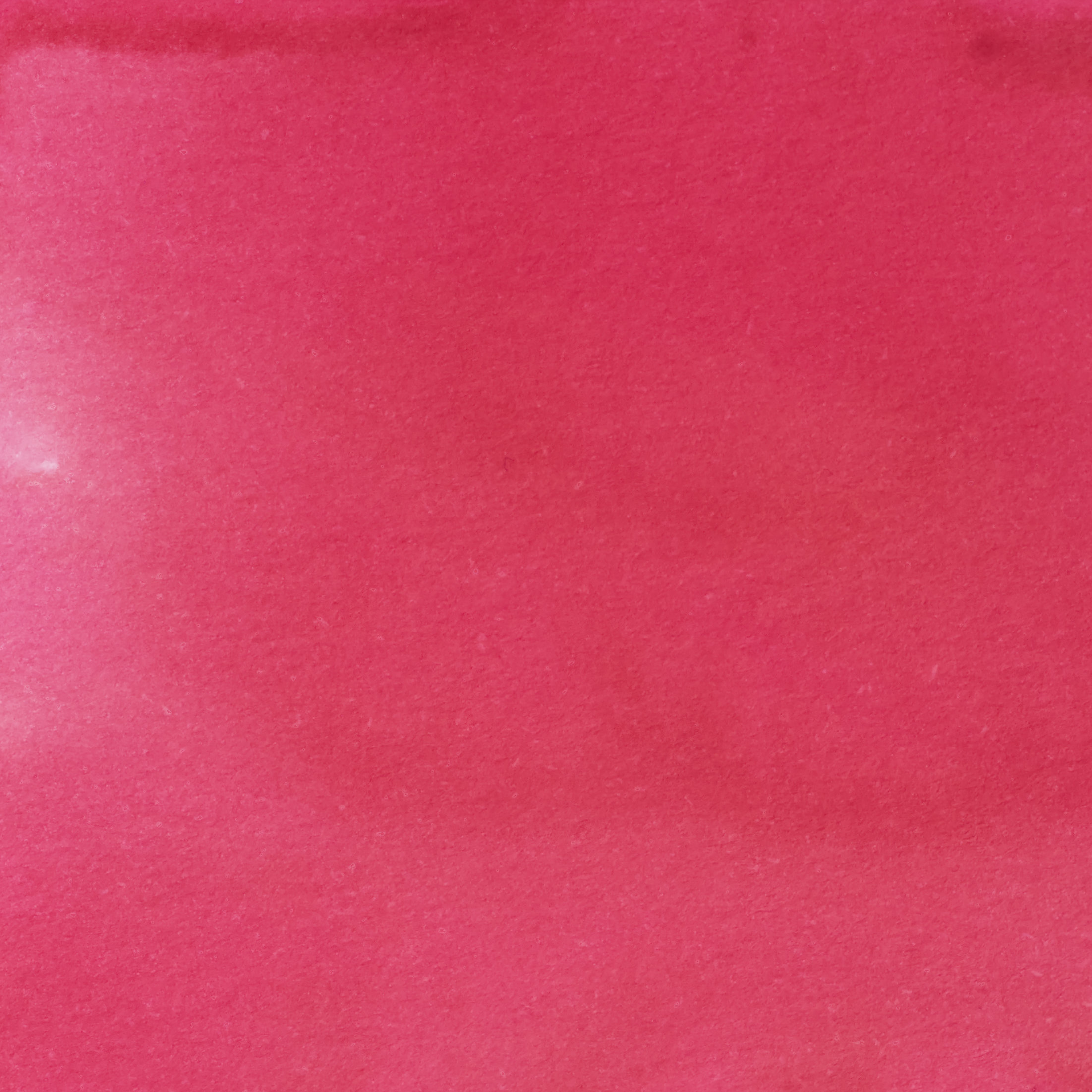
Pennonia Vattacukor got its name from the cotton candies I saw as a child on Cartoon Network. To my surprise they were pink! When growing up we only ever had white cotton candy so as a kid I was bit confused as to why were the cartoon ones pink.
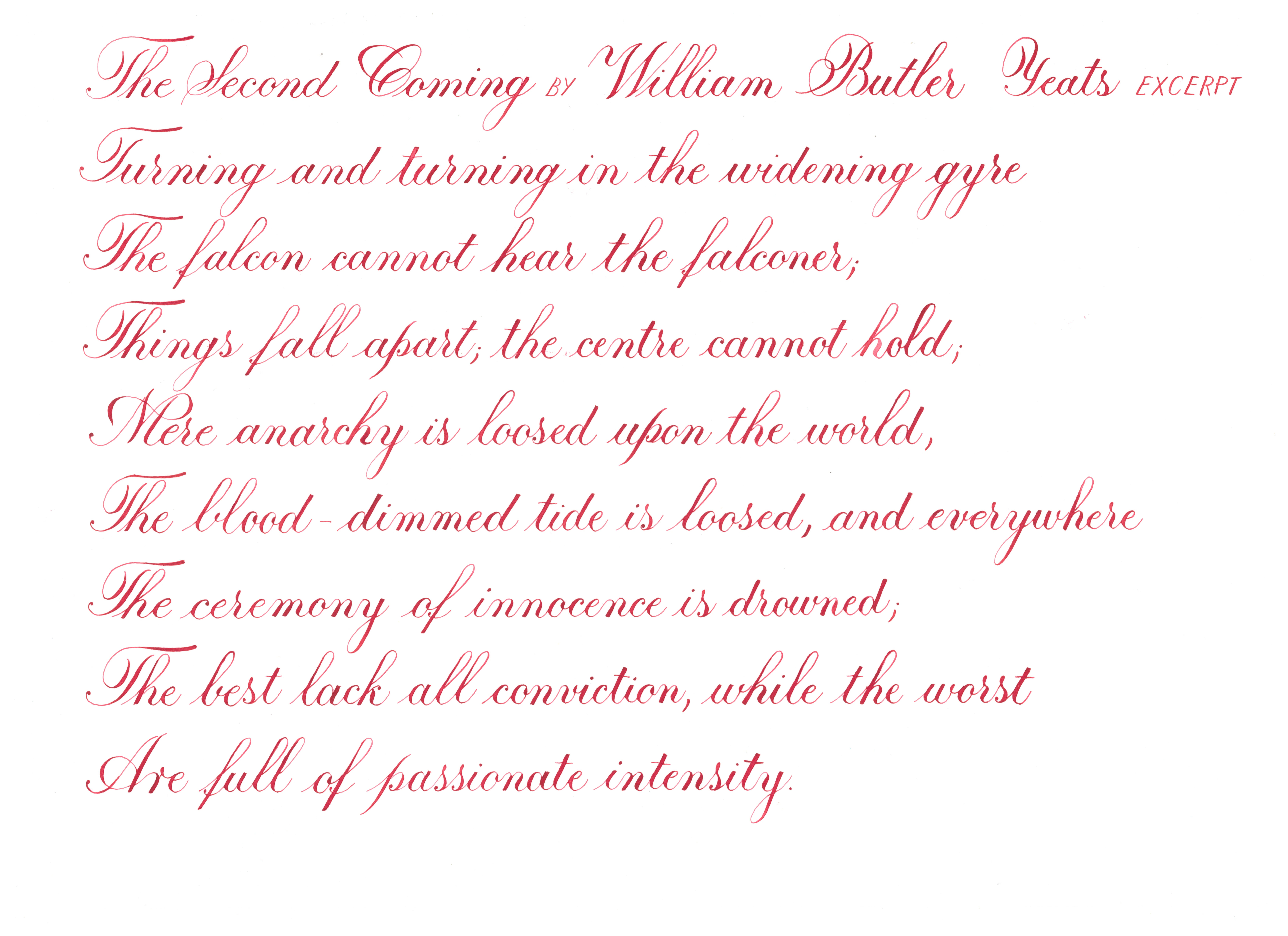
Viharfelhő:
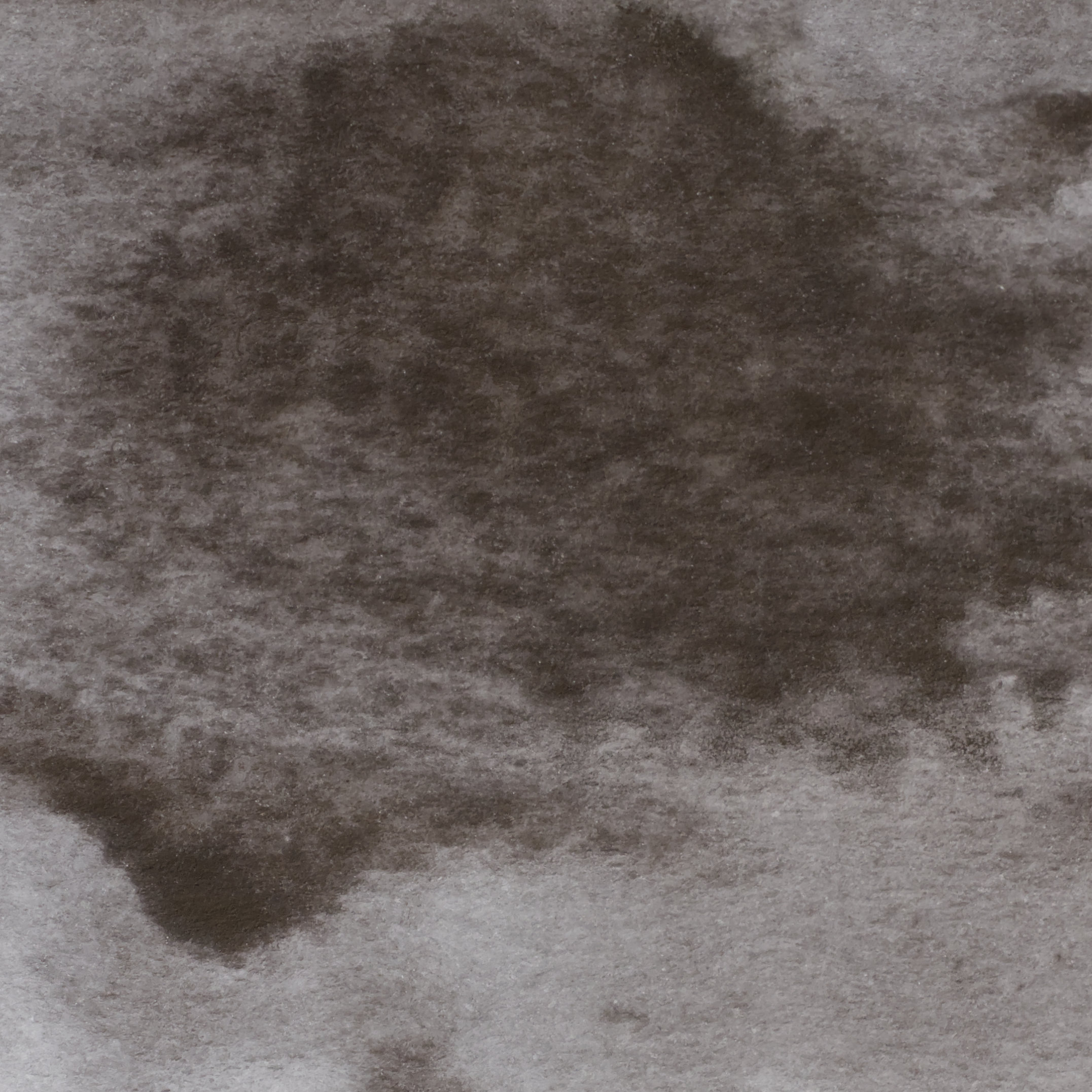
Pennonia Viharfelhő came to be by the huge thunderstorms of my childhood. I remember being in my grandma's house looking in awe out the window at the grey storm clouds, wanting to get a glimpse of lightning, waiting for huge thunder strikes that would shake the old windows and wondering whether ball lighting is a thing or not. So that's why this ink got the name of Storm Cloud.
This ink is water-resistant after drying.
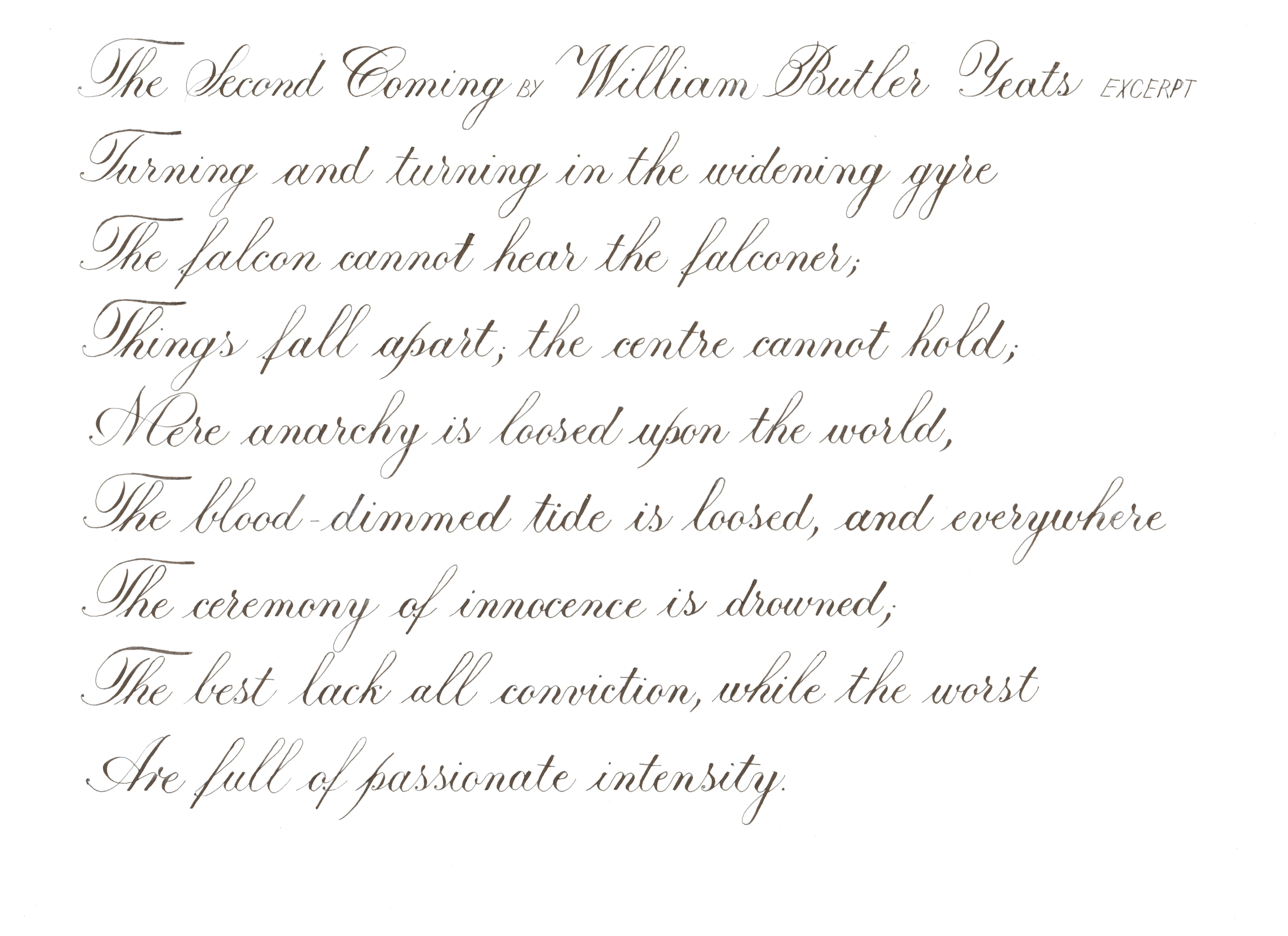
Csontváry-kék:
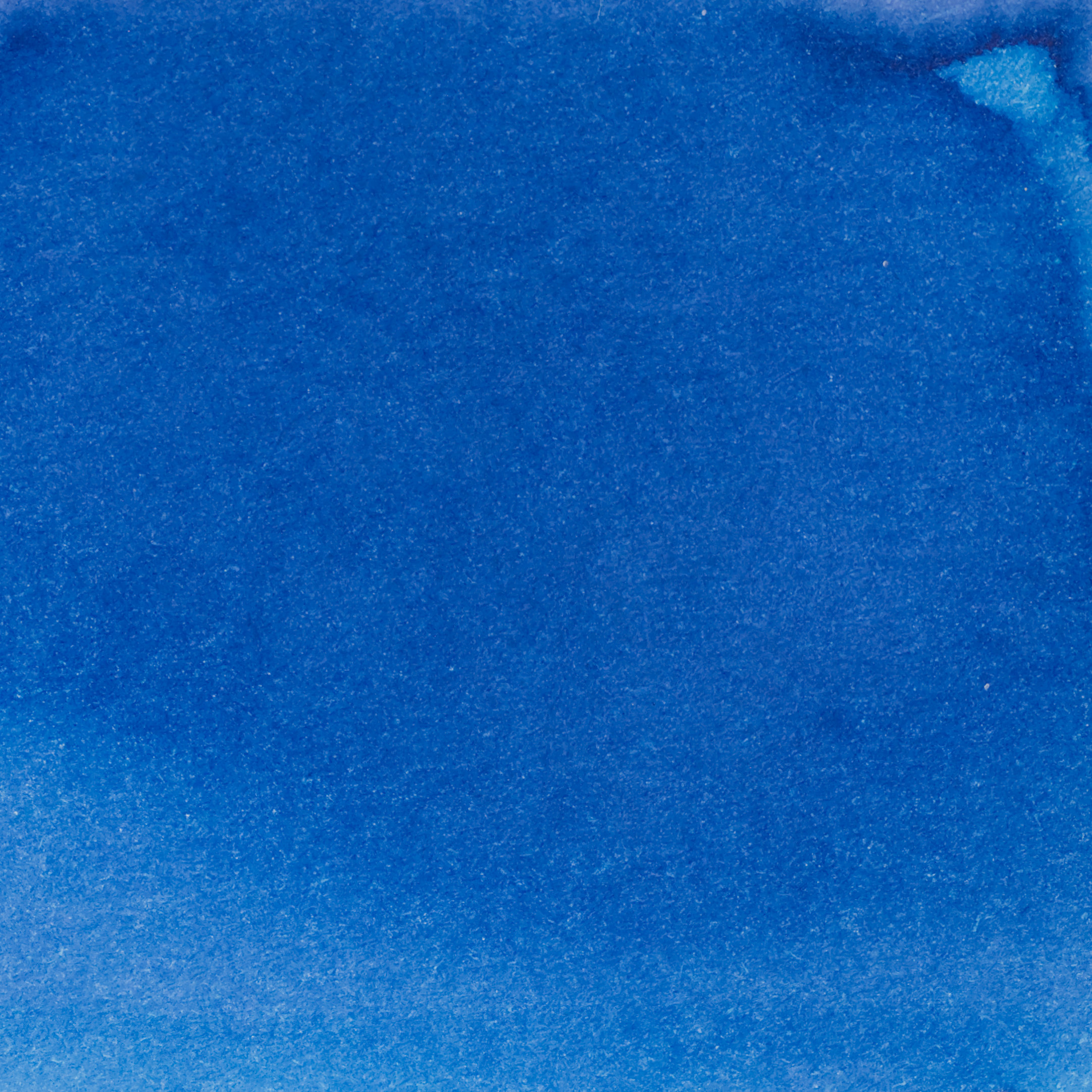
Tivadar Kosztka Csontváry was famous Hungarian painter. He had an eccentric personality not understood by his contemporaries. His works were universally recognized only after his death.
Most of his works can be categorized under expressionism or post-impressionism but truly they were neither. I invite you to have a look at some of his magnificent paintings using the power of a Google search.
Csontváry used magnificent blues in his works and this ink is dedicated to him out of gratitude and respect for the awe and emotions his paintings have evoked when viewing them.
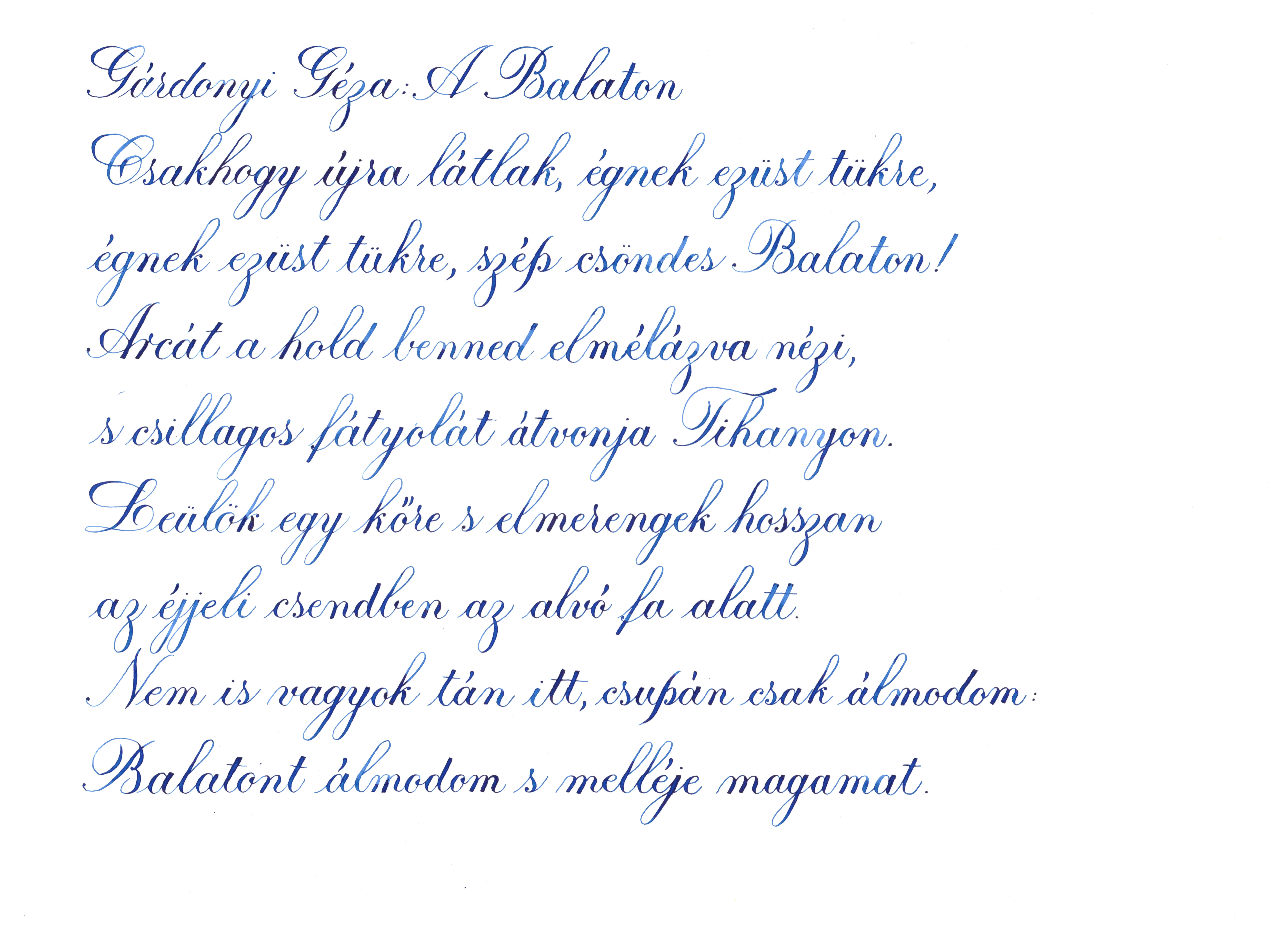
Gödényzöld (Hannoveri zöld):
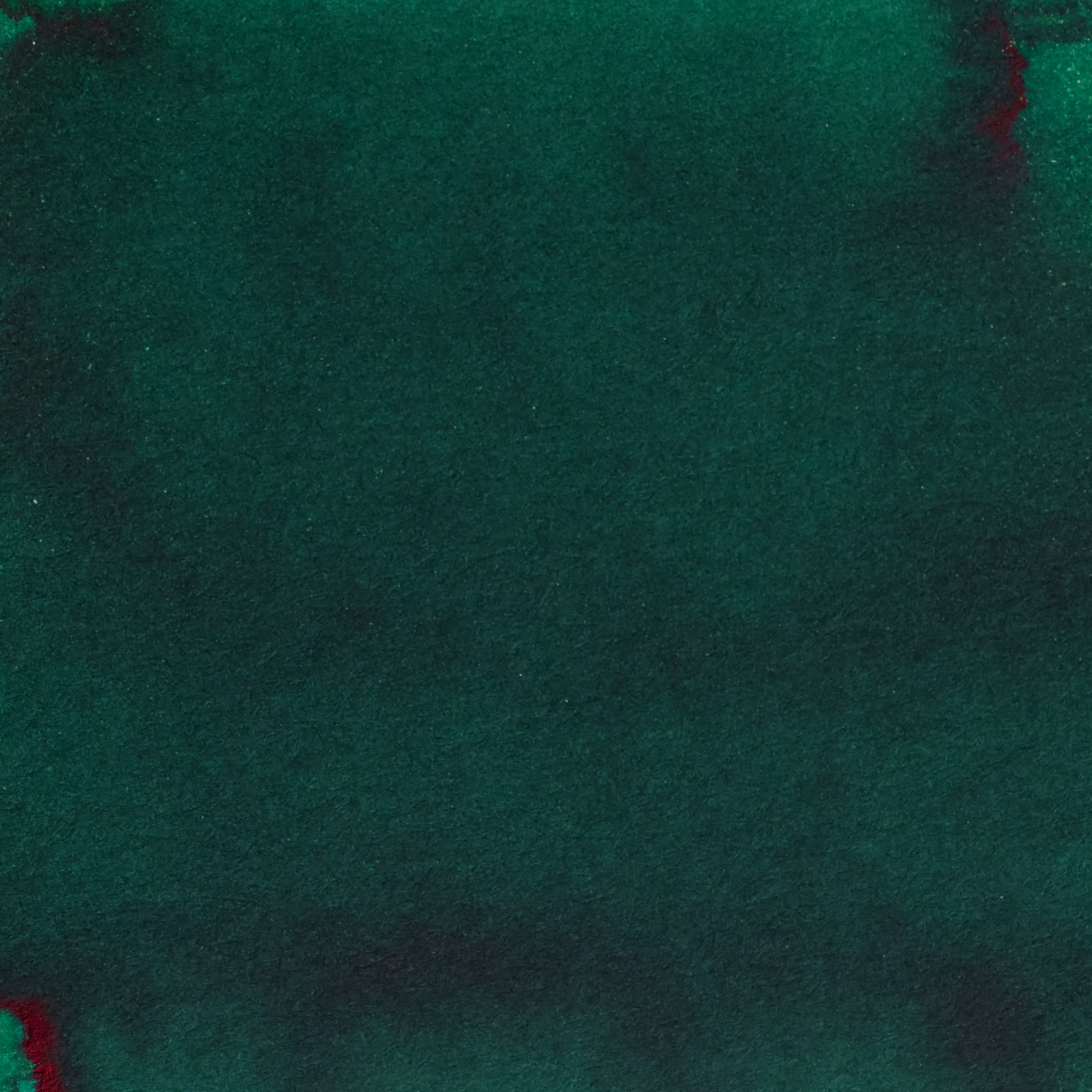
This ink is a homage to Pelikan, my favorite brand of fountain pen. It was specifically formulated to match my green-striped M1000 as such, this ink is also dedicated to any Pelikan fan out there who wants an ink that matches their green-striped Souveran pen.
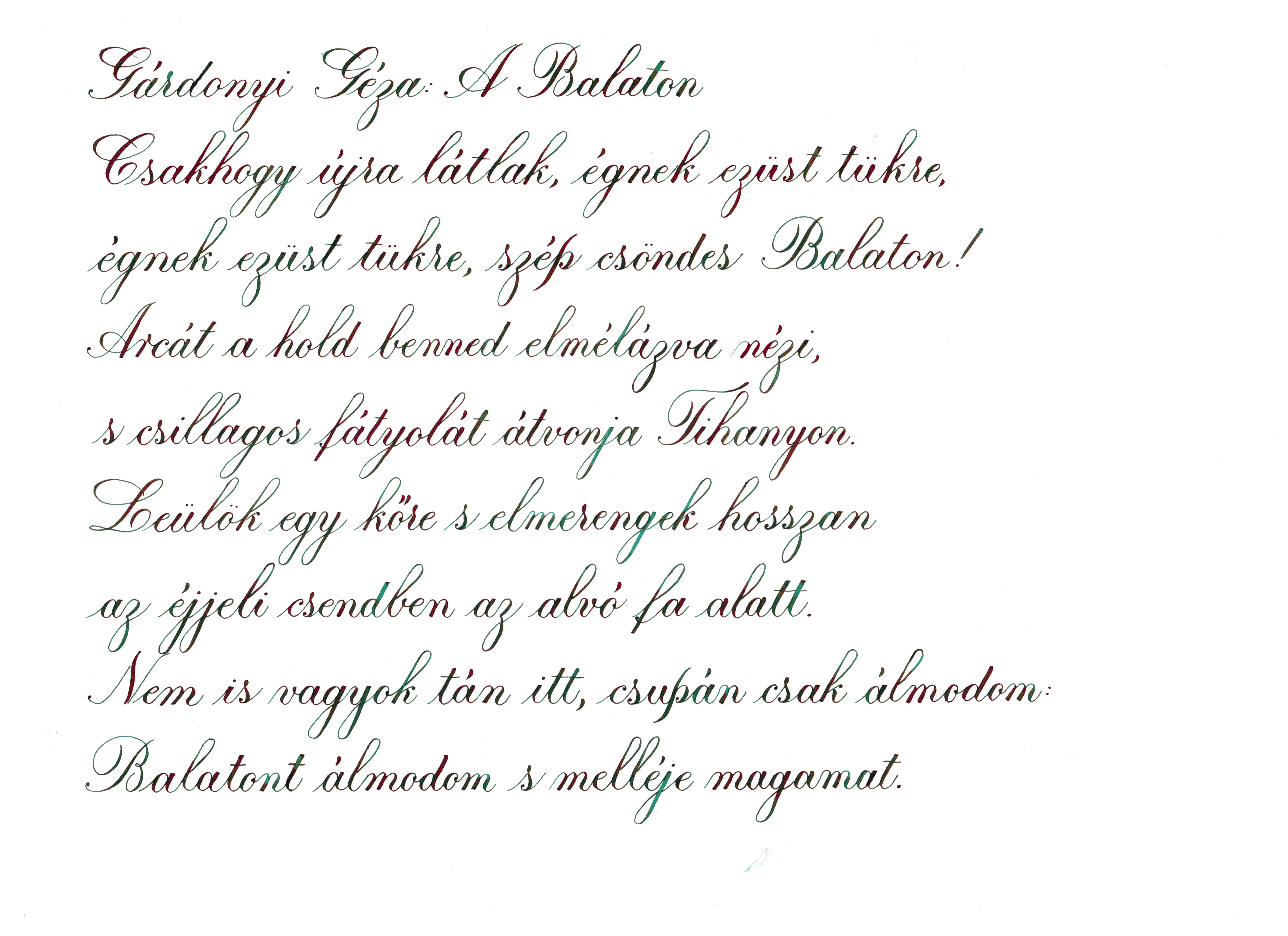
Gesztenyebarna:
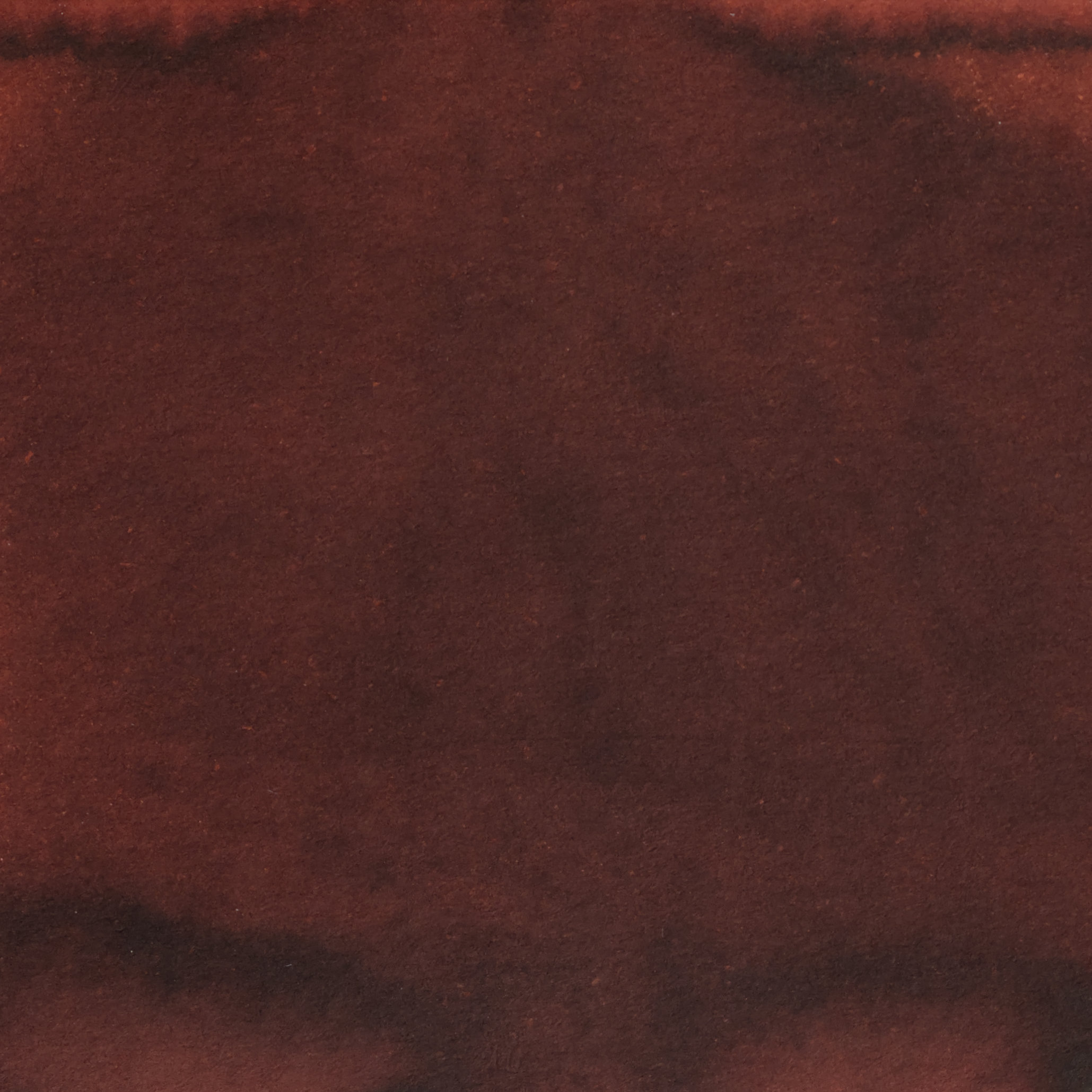
Admitedly this brown could’ve have been called quite a lot of things. I chose chestnuts specifically for two reasons:
1. When we were kids we used to collect chestnuts for fun when they were in season (like sacks of them) and we’d race who can throw them the furthest or make dolls out of them using match-sticks! Good fun!
2. My sweet hometown of Nagykároly has a beautiful avenue with enormous chestnut trees which are really beautiful when they are bloom.
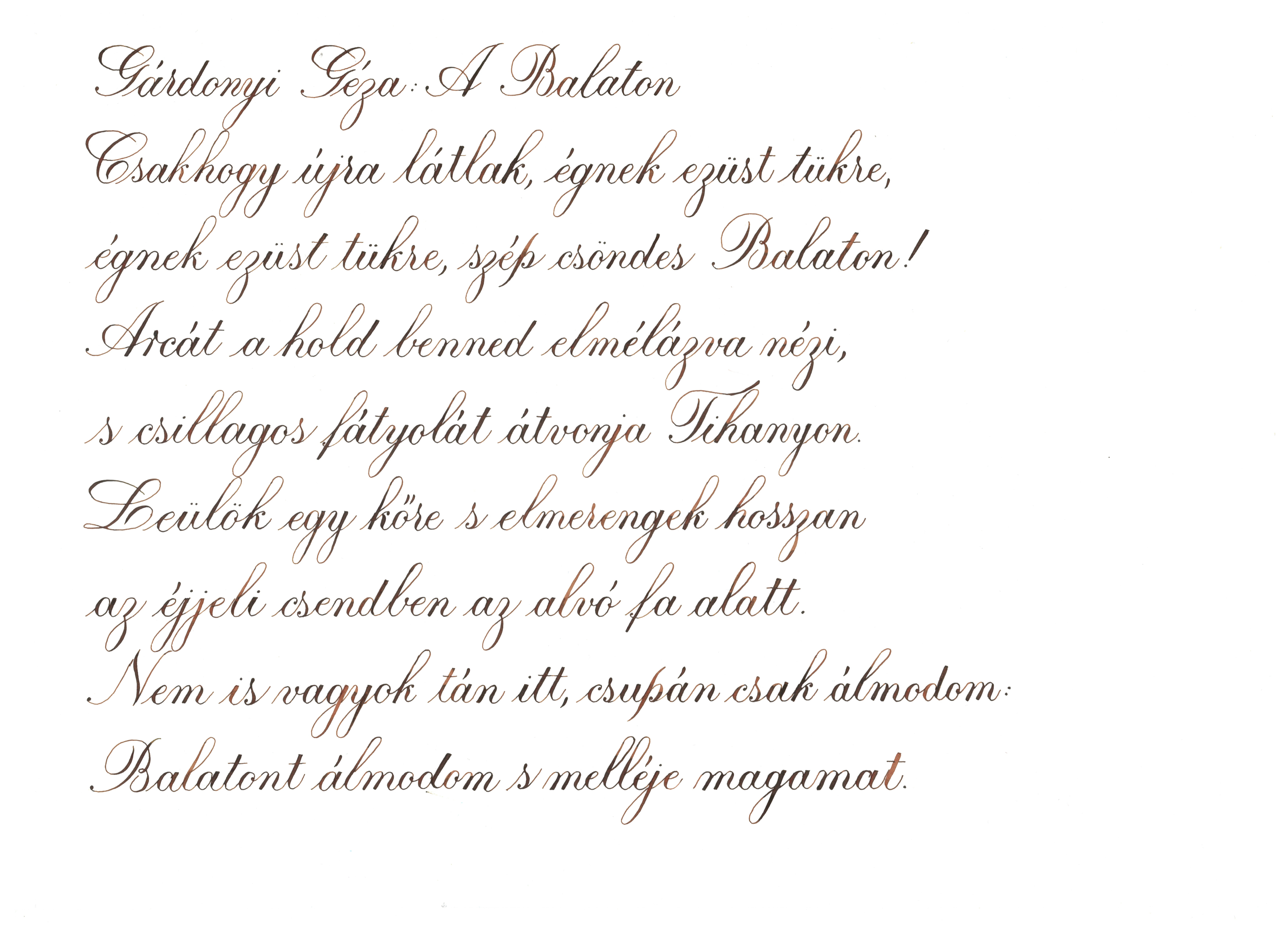
Rézvörös:
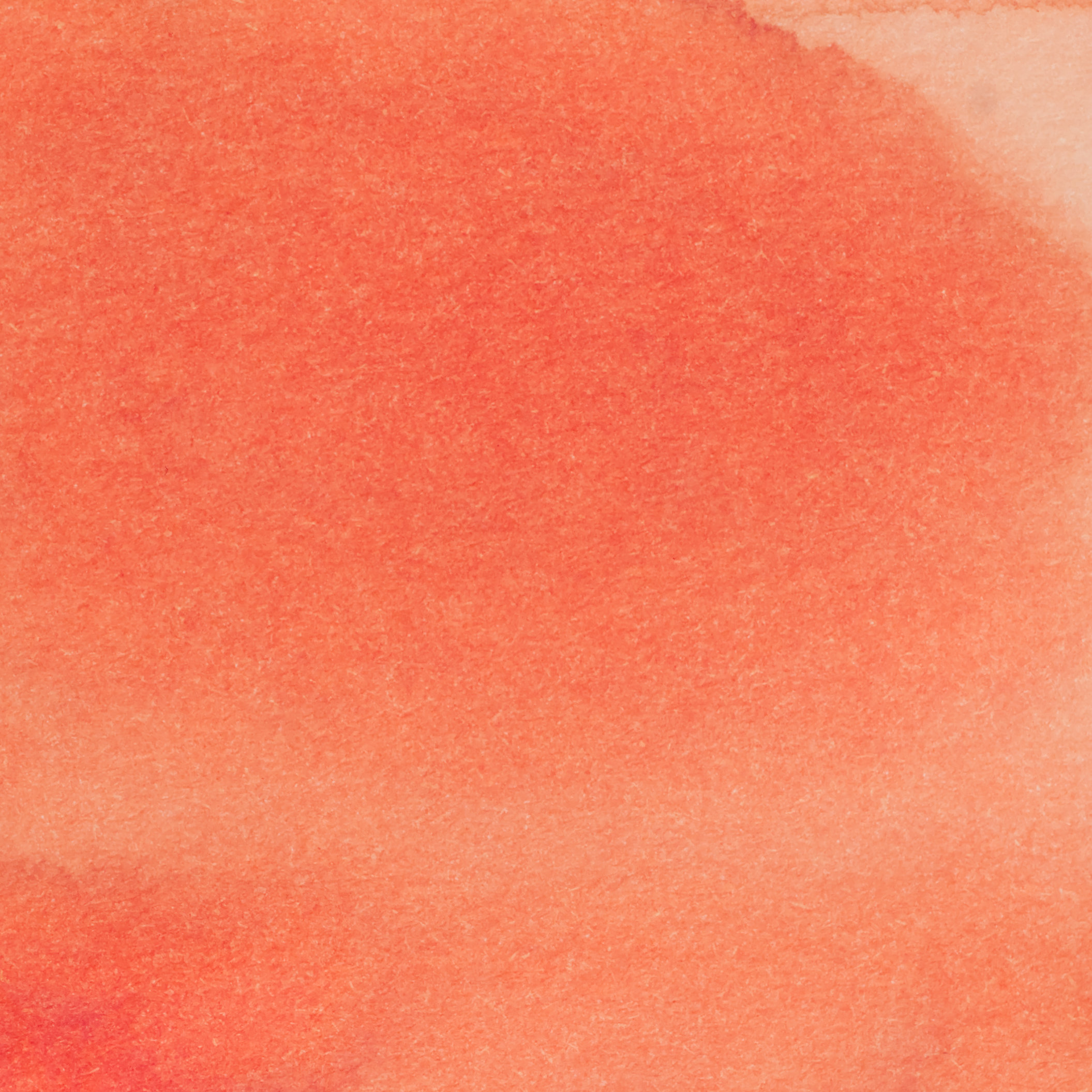
This is an interesting ink and choosing a name for it was hard. In the end I ended up with Copper because it's such a useful and beautiful metal. The interesting aspect of the ink is that if left in some pens for a while without use then the first few lines of writing will be pink and as you go it will turn back to its original color.
This ink is water-resistant after drying.
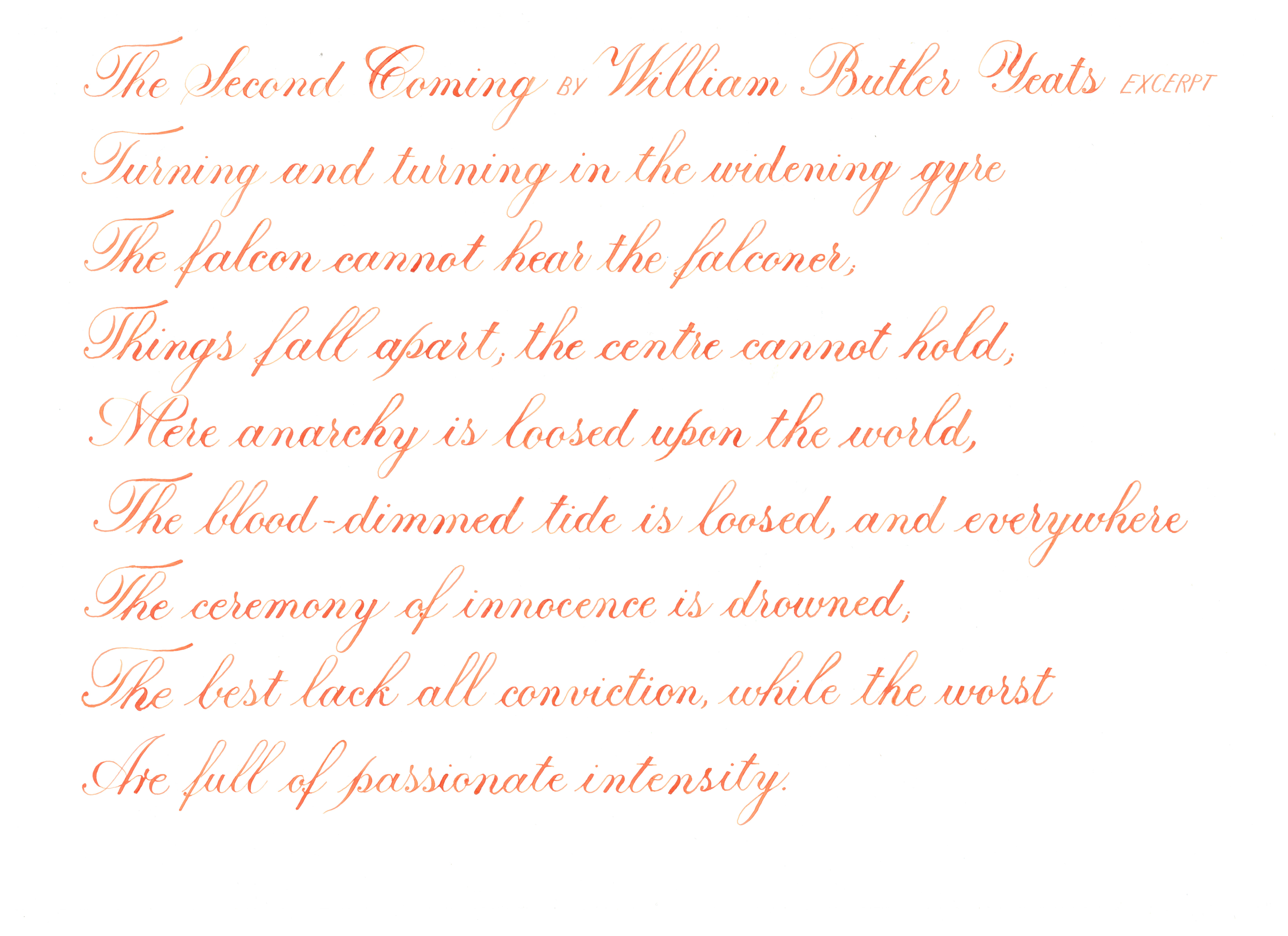
Mustvörös:
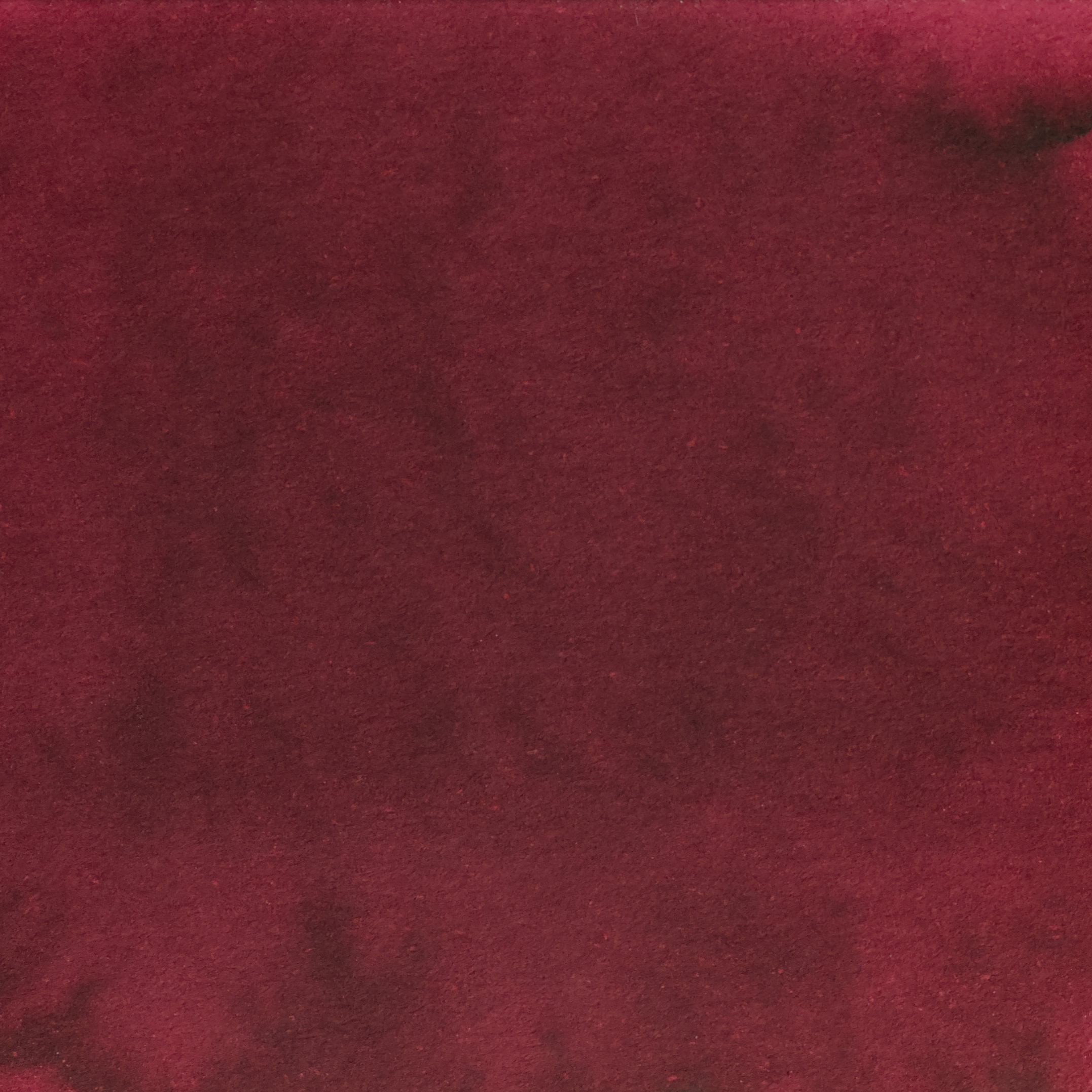
This ink actually got inspired from my childhood. For literally half of my current life I have lived with my grandparents and my granddad used to always make wine from the grapes he had all over the yard.
Well those grape vines were dug out after being there for over 30 years as we are completely redoing the yard. So on one hand, I chose this color so I can remember the good old days (nostalgia is one hell of a drug, and you get addicted the more older you get) and on the other because must is really really really tasty! I'm looking forward to each autumn so I can get some before it turns into wine. Even if you don’t try the ink, you must try must!
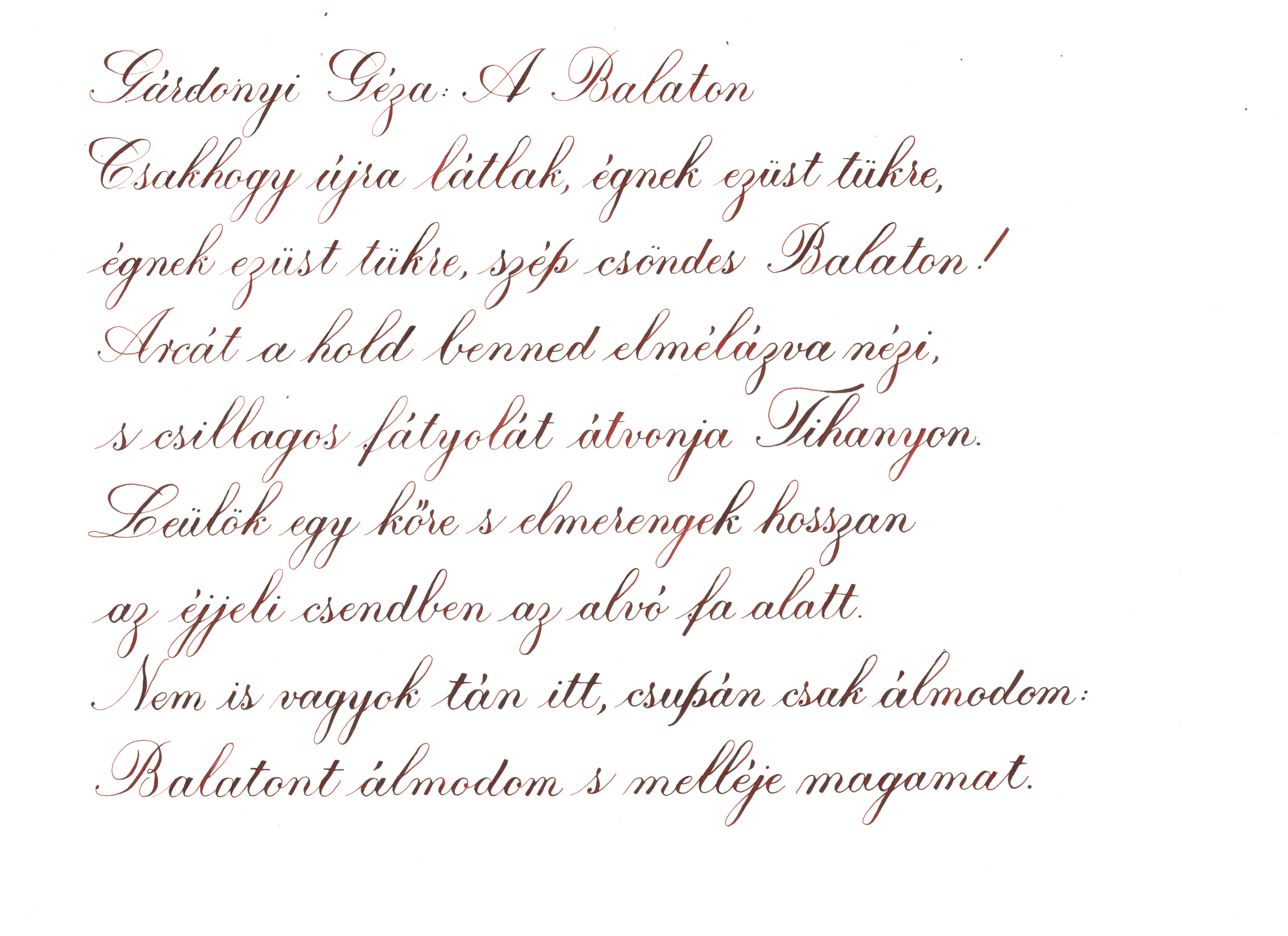
Zöldike:
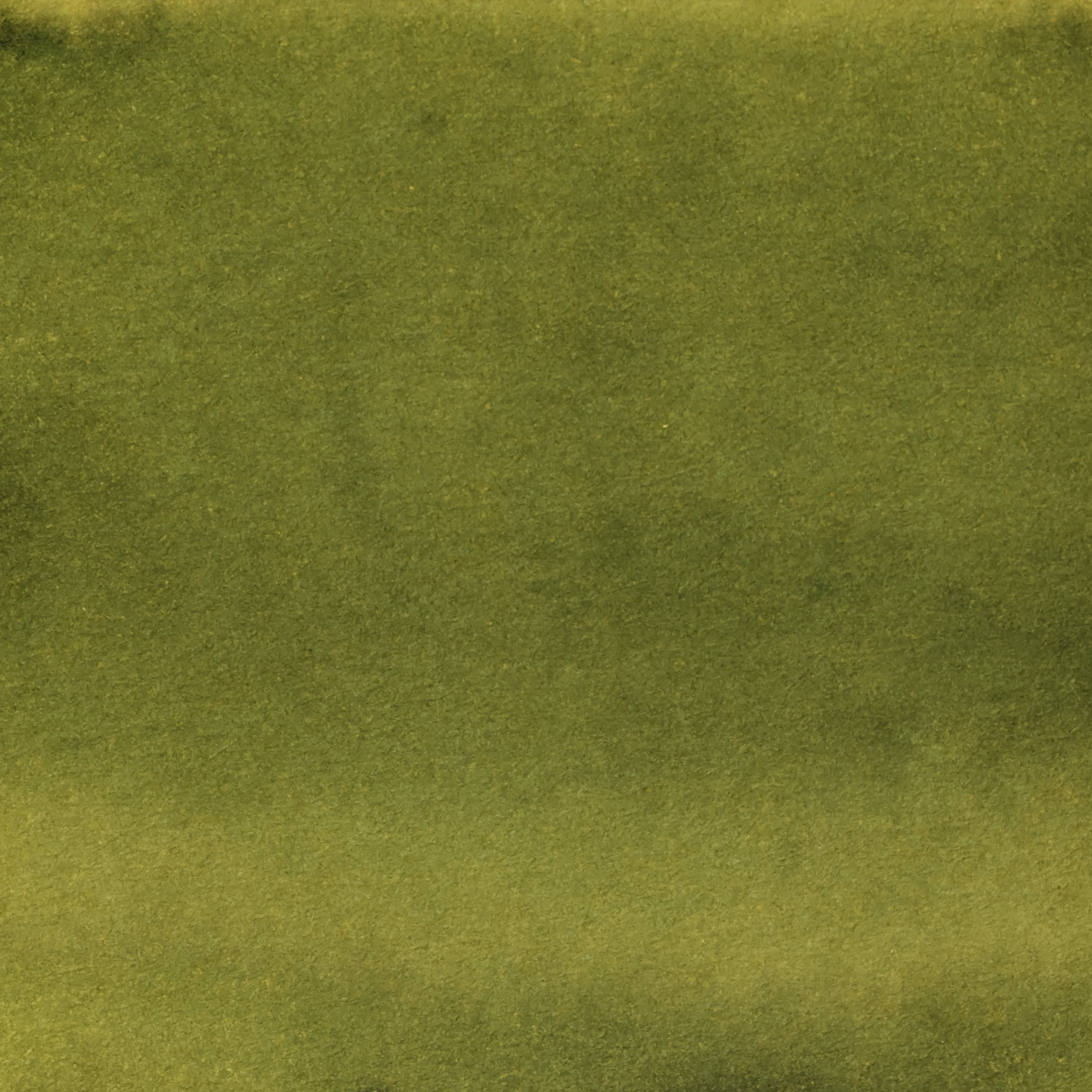
This name was inspired by the humble, beautiful Greenfinch which unfortunately is a threatened species in Hungary. I used to hear them sing a lot back in my childhood but unfortunately it was so long ago that I can’t remember when it was the last time!
For me personally, preserving nature and wildlife is an important issue and I try to do my own part so that my children and grandchildren will also be able to hear a Zöldike sing one day in our gardens.
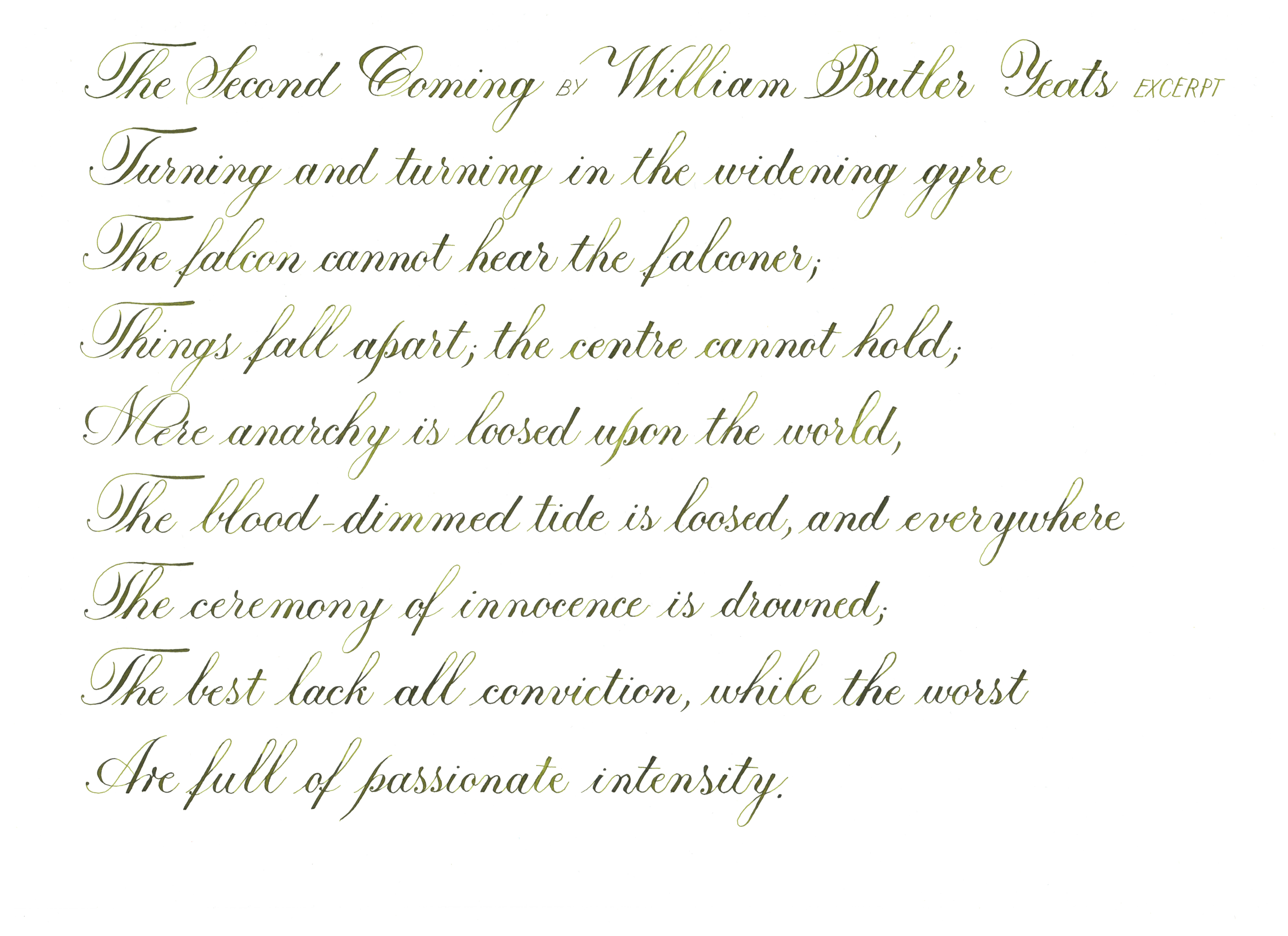
Balaton-Kék:
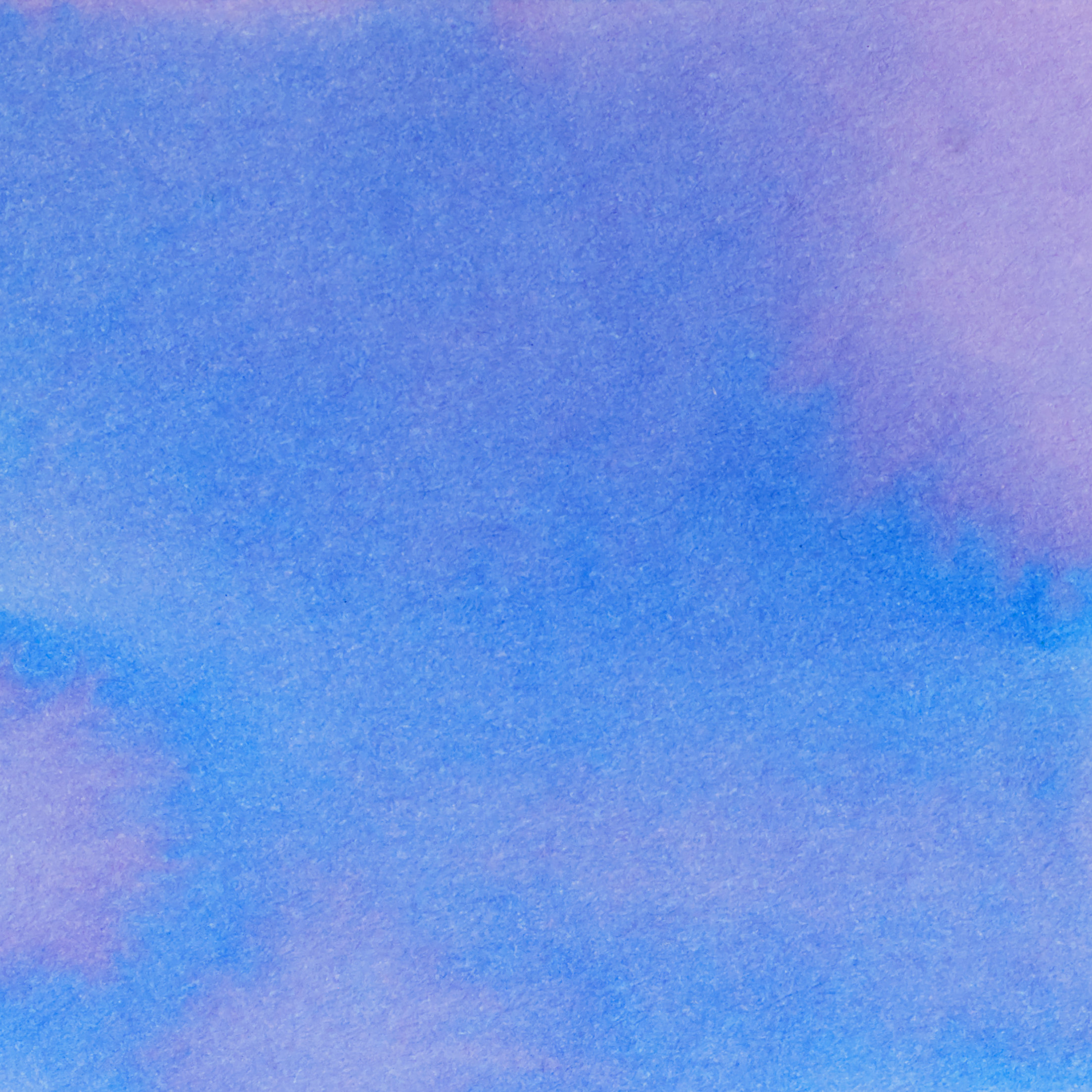
Also known as the Hungarian Sea, Lake Balaton is one of the most iconic geographical landmarks of Hungary. It is ingrained in our culture, our national identity and a destination that probably most Hungarians will visit at least in their lifetimes. With this in, I wanted to pay homage to our “sea” because it’s truly a gift we are lucky to have.
This ink is a part of a mini-series of shading inks, which work particularly well with brushes, brush pens and dip pens. They truly come to life when used in writing instruments from which the inks can gush onto paper. Of course they are also great for fountain pen sketches and even handwriting but the effect is more subdued thanks to the nature of these shading inks. One mantra that is good to keep in mind: the broader and wetter the nib, the better.
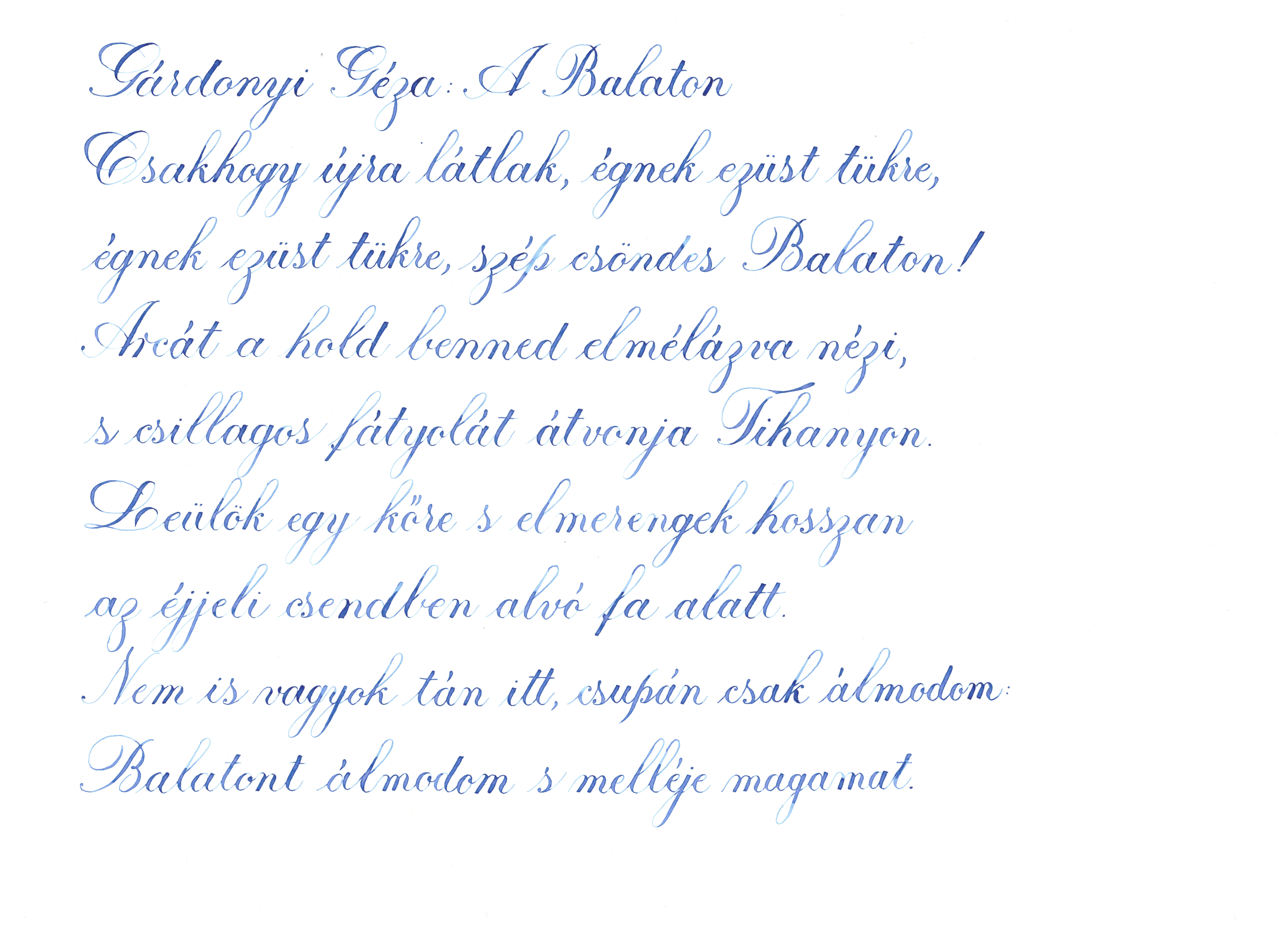
Danuvius:
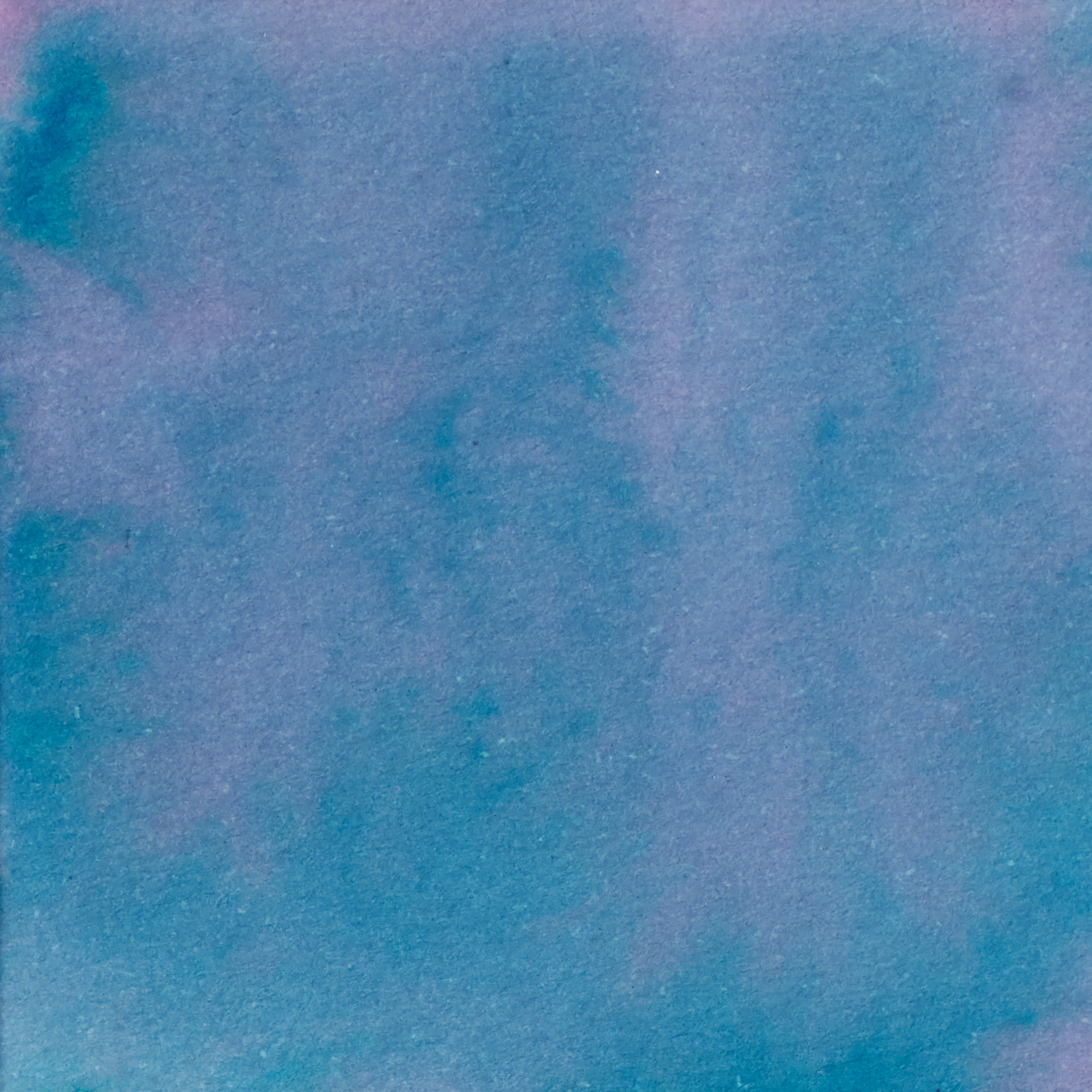
This particular ink uses the Latin name of the Danube. The river is special because it flows through both of my home countries, Hungary and Romania and in each of them it offers different experiences. While in Hungary, the Danube is often portrayed alongside Budapest, or Visegrád, in Romania it forms the Danube Delta, a wild, majestic place…a journey back to something elemental. Like the river itself, the ink also tries to offer different experiences to whoever uses it and transports them to a magical place of shades and colors.
This ink is a part of a mini-series of shading inks, which work particularly well with brushes, brush pens and dip pens. They truly come to life when used in writing instruments from which the inks can gush onto paper. Of course they are also great for fountain pen sketches and even handwriting but the effect is more subdued thanks to the nature of these shading inks. One mantra that is good to keep in mind: the broader and wetter the nib, the better.
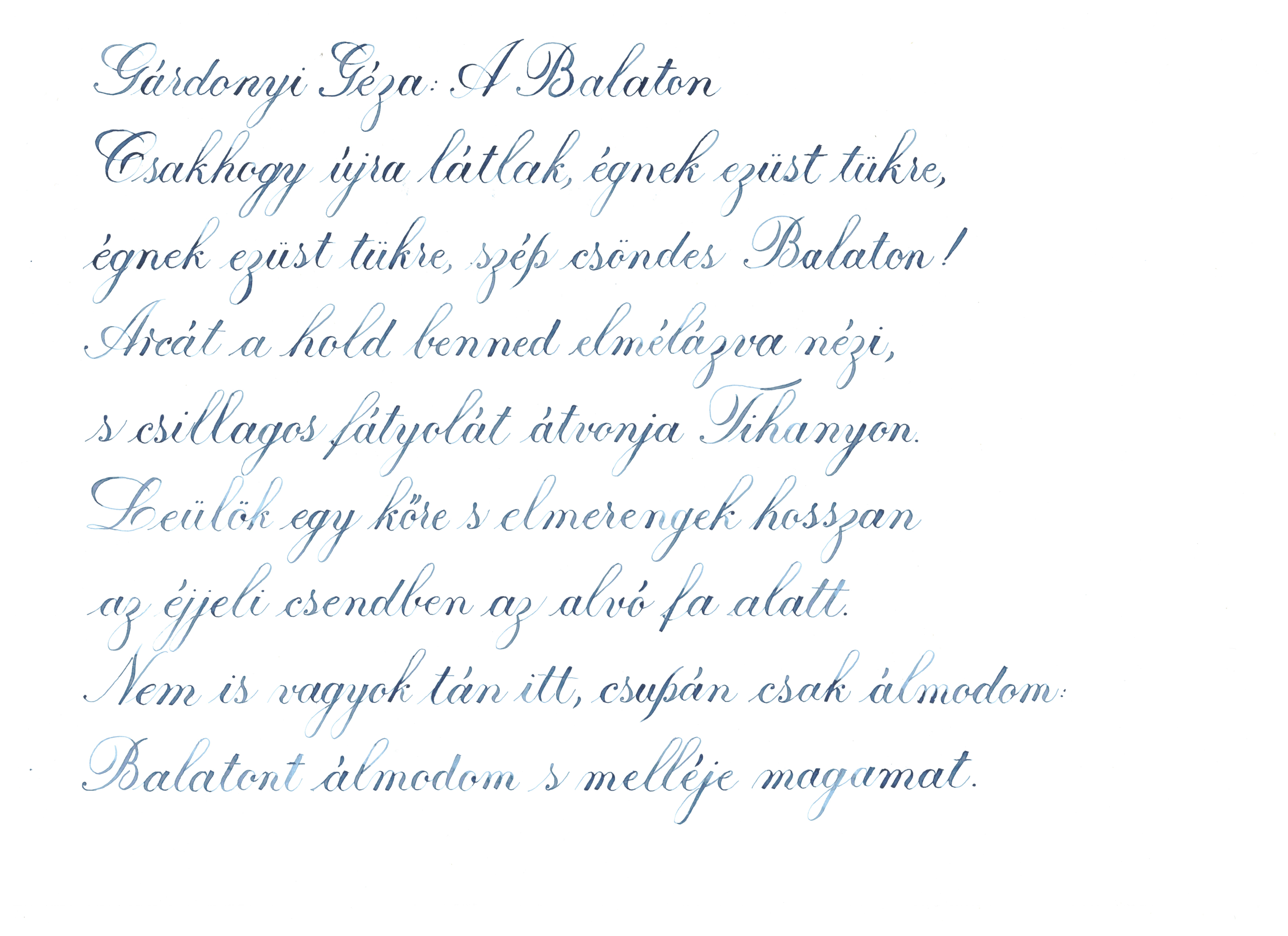
Orgona:
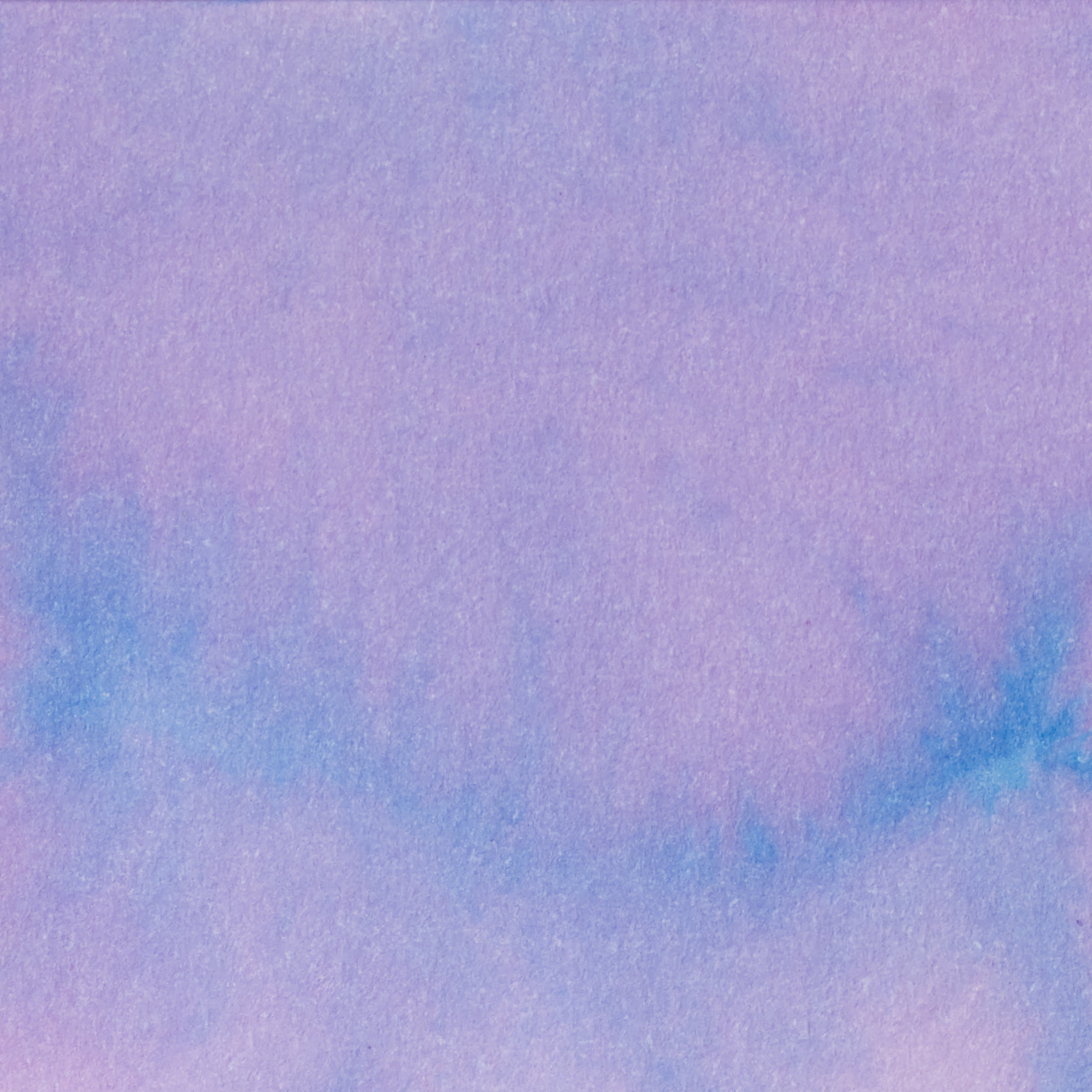
The Lilac. Their beauty, their mesmerizing scent engulfs everyone in their vicinity. Pennonia Lilac will do just that as soon you see the cacophony of shades transferred from nature into any artwork created by it.
This ink is a part of a mini-series of shading inks, which work particularly well with brushes, brush pens and dip pens. They truly come to life when used in writing instruments from which the inks can gush onto paper. Of course they are also great for fountain pen sketches and even handwriting but the effect is more subdued thanks to the nature of these shading inks. One mantra that is good to keep in mind: the broader and wetter the nib, the better.
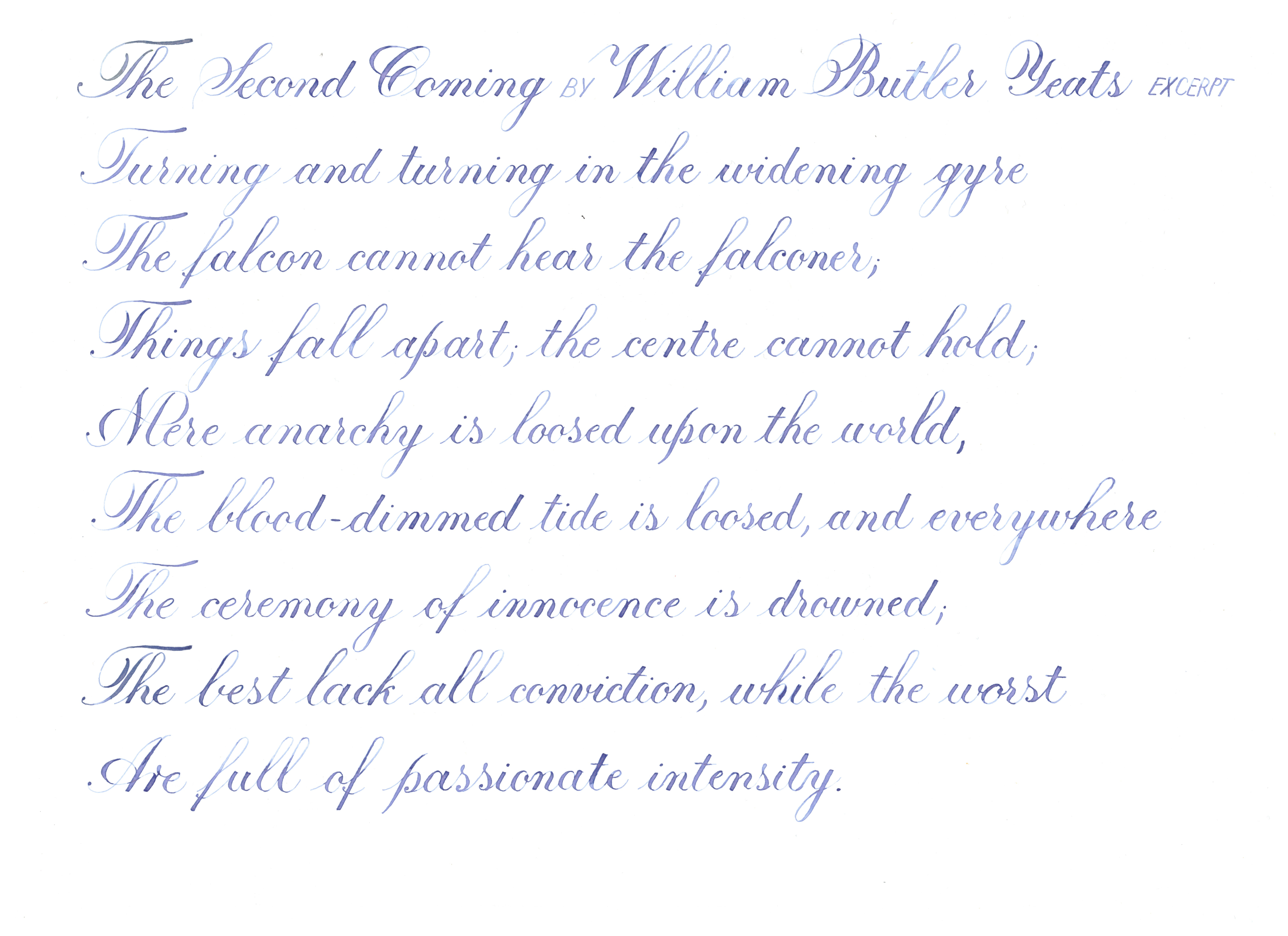
Rági:
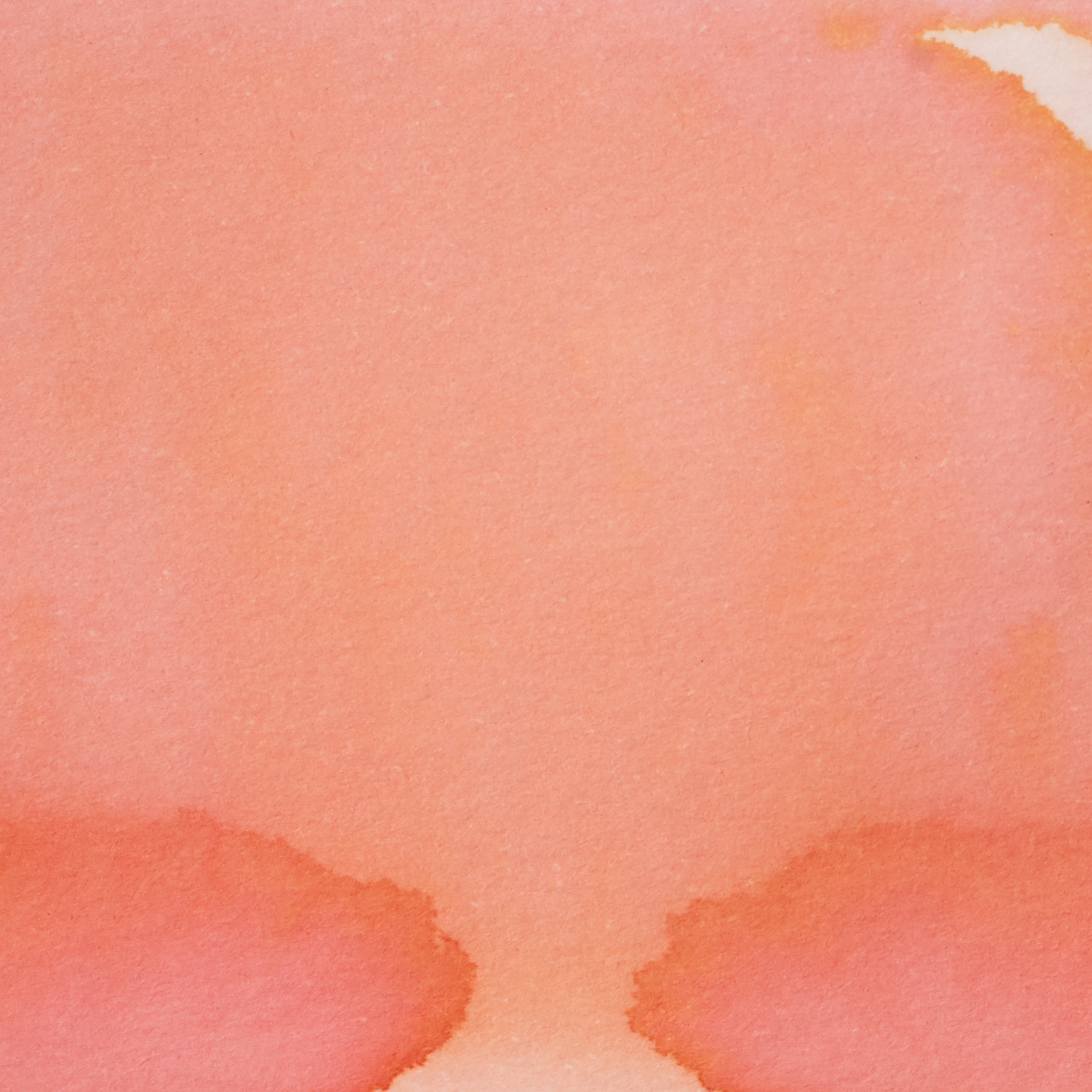
Almost everybody likes bubblegum and I know that when I was young I really really loved Hubba Bubba bubblegum. Admittedly this isn’t one of those ink names that are inspired by something impactful or which have a deeper meaning to them, but the color reminded us of fun times with friends and family. It reminded us of our childhoods, thus it was named after some as simple as bubblegum.
This ink is a part of a mini-series of shading inks, which work particularly well with brushes, brush pens and dip pens. They truly come to life when used in writing instruments from which the inks can gush onto paper. Of course they are also great for fountain pen sketches and even handwriting but the effect is more subdued thanks to the nature of these shading inks. One mantra that is good to keep in mind: the broader and wetter the nib, the better.

Lichen:
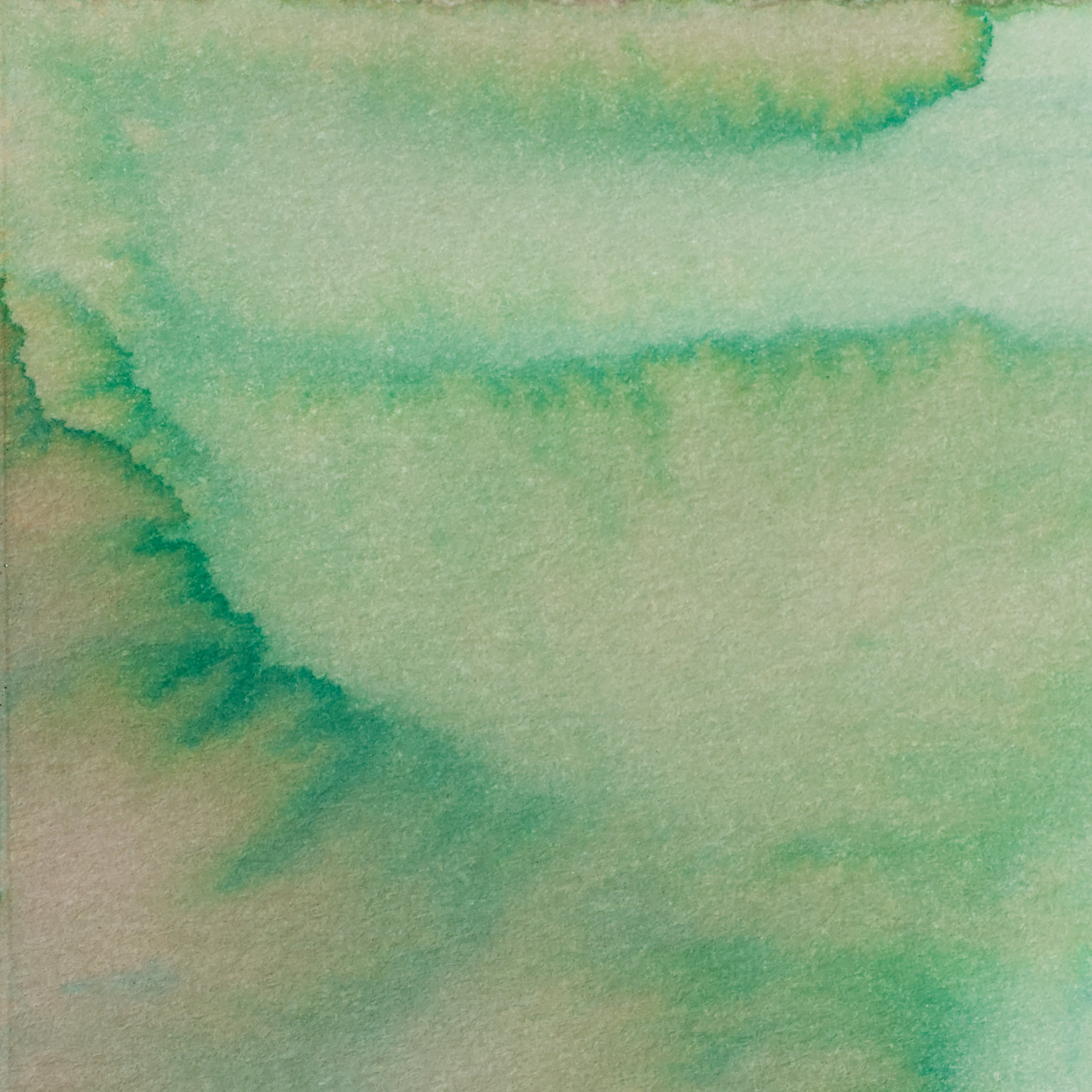
Like the simple lichen, this ink also comes in many different shades and colors. If you have read some of the other descriptions you’ve probably noticed that most of the inks have a connection to childhood experiences and it’s the same with this one as well. I believe that inks can help long forgotten memories to resurfaces and interestingly it reminded me of experiences that I never remember in day to day life. For example collecting sticks and branches while in the woods, preparing campfires, sword fighting with said branches, noticing it on old rocks and foundations of almost as old buildings.
This ink is a part of a mini-series of shading inks, which work particularly well with brushes, brush pens and dip pens. They truly come to life when used in writing instruments from which the inks can gush onto paper. Of course they are also great for fountain pen sketches and even handwriting but the effect is more subdued thanks to the nature of these shading inks. One mantra that is good to keep in mind: the broader and wetter the nib, the better.
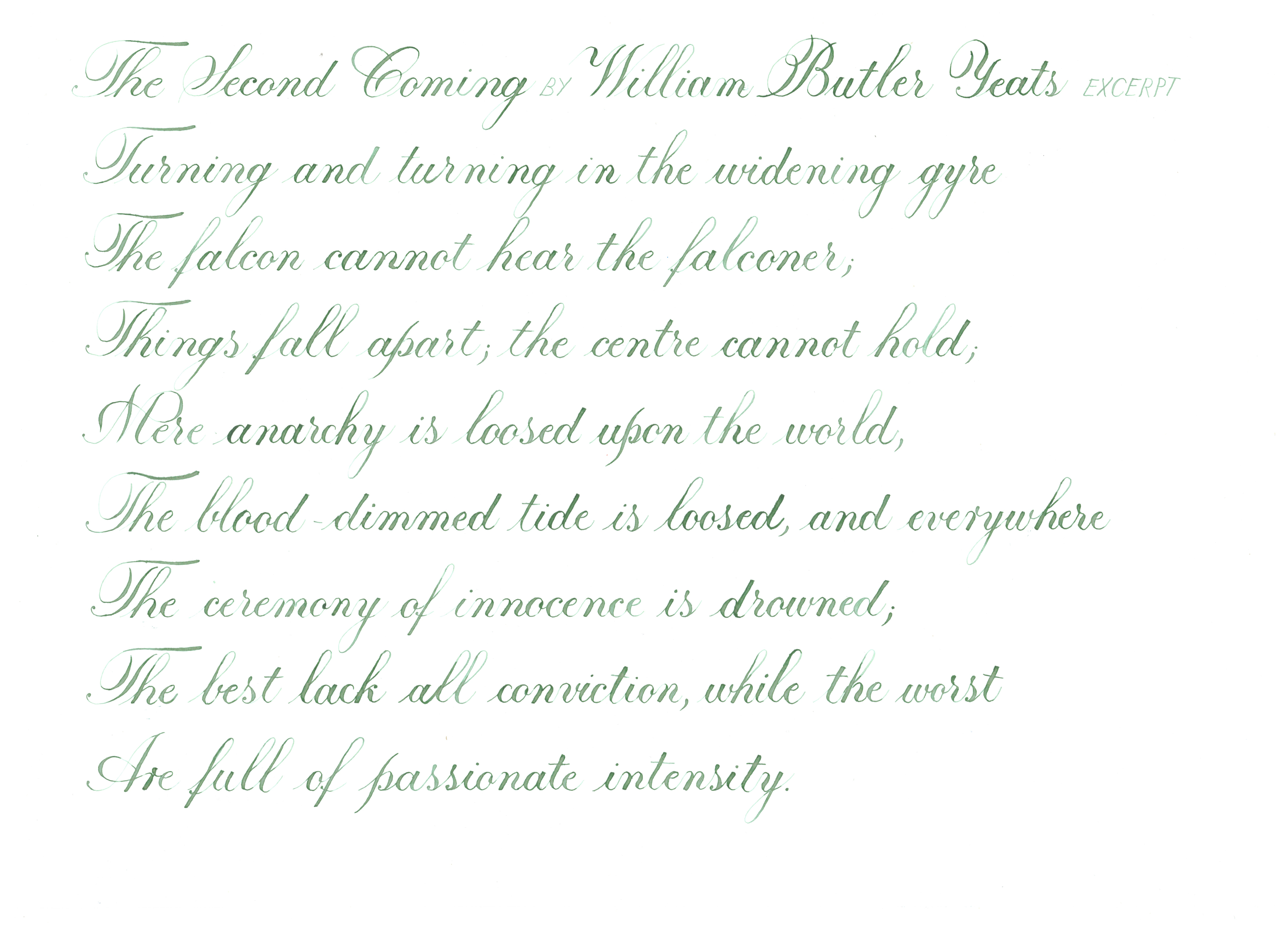
Cumpara cerneala Pennonia


